Camp Girls, 1981 and 2006
In 1981 I returned to the summer camp I had attended in the fifties to visit my daughter during her last of seven summers there. Curious to see what the girls were like, I got permission, both from Alison and the camp director, to stay a week to photograph the campers. Who were these girls? What did they talk about? Had it been a mistake to send Alison to a camp of privileged girls? What values had she learned there?
As I looked at the girls through my lens, however, none of these questions entered my mind. Instead, I became fascinated with what they looked like. I loved the innocence and promise in their faces. I saw in them what I imagined as their future selves, the wives and mothers they would become. Or would they?
I had a new set of unspoken questions because my own life had changed so dramatically three years earlier: I had left my marriage and begun my life as a lesbian. As I looked into the girls’ eyes I wondered about their future choices, but I never asked anything.
Twenty-five years later, with Alison’s help in finding 65 campers from the original photographs, I photographed these women again, finally asking the questions from 1981. I asked them to describe their camp experiences and tell me about their lives today. They were generous with their time but it was the hardest photography I’d ever done. These were young women who cared about what they looked like and they wanted their portraits to look good. It wasn’t that I didn’t want them to look good but I wanted to go deeper, to penetrate their facades, to see if there was an inkling of what life might be bringing. But they were young, 33-40, so I made a decision to visit them again in ten years.
When the film premiered at the NY Jewish Film Festival, many of them came to the screening. I felt a great deal of affection for them. Life has already dealt some of them difficult blows: divorce, disappointments and loss.
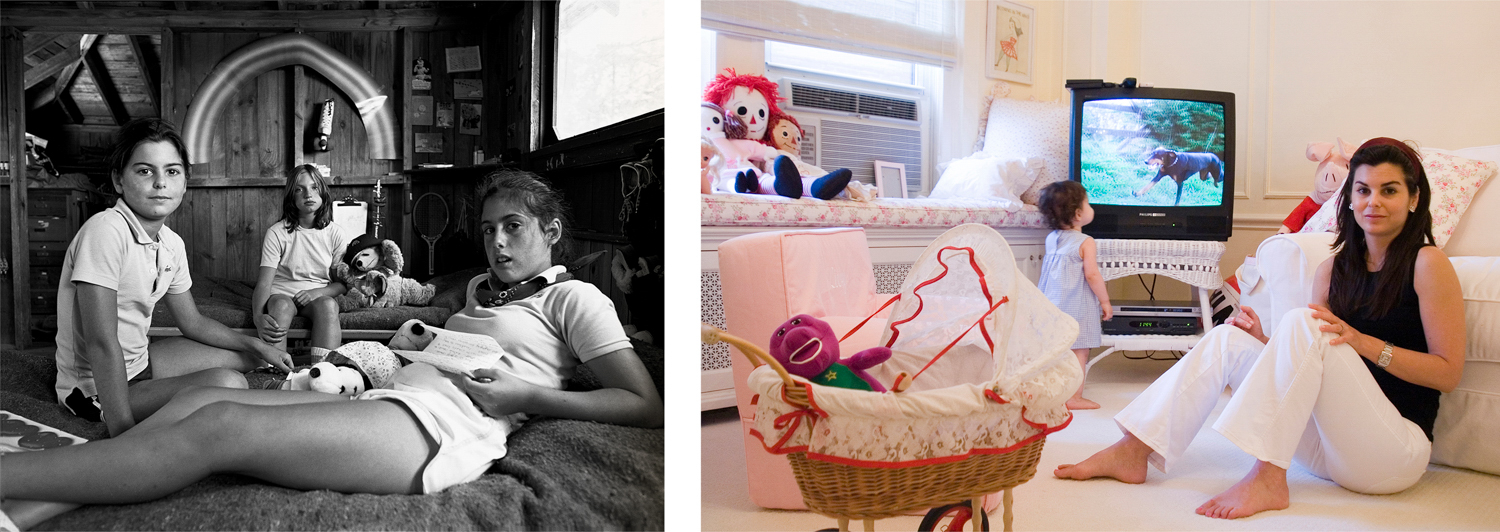
Kathy Miller, Camp Pinecliffe, Harrison, ME; Kathy Miller Kramer, NY

Susan Rosenthal, Camp Pinecliffe, Harrison, ME; Susan Rosenthal Schwartz, PA
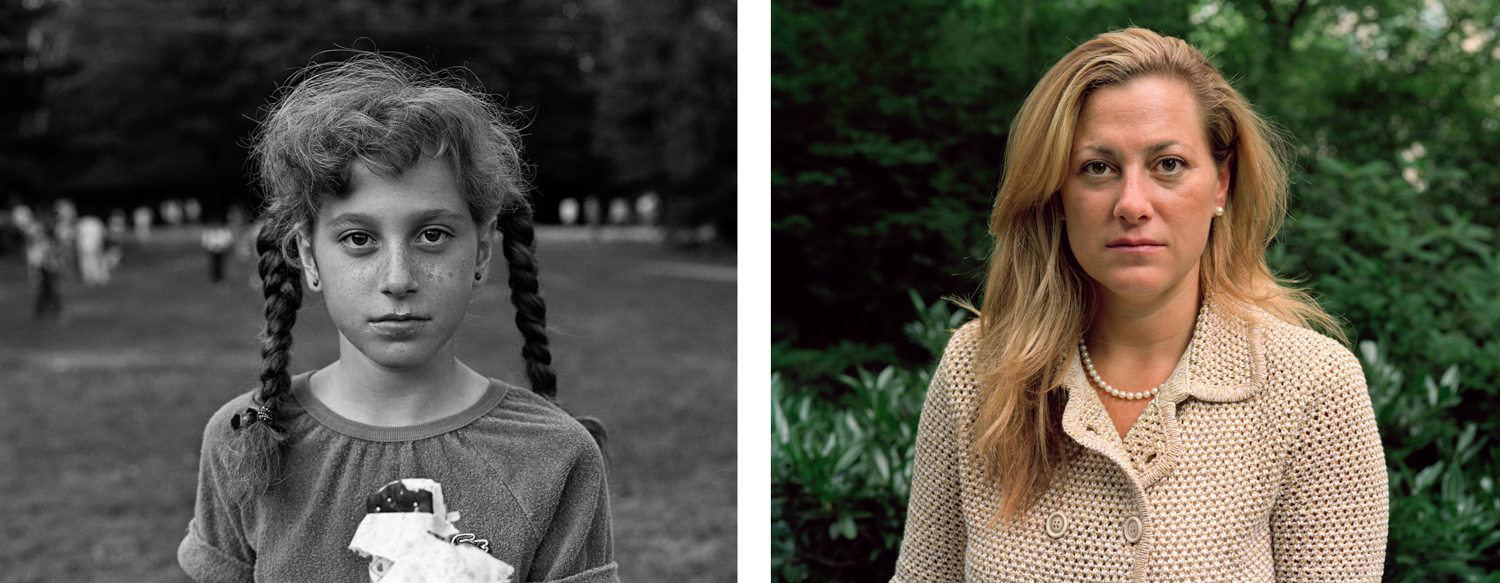
Meredith Fiedler, Camp Pinecliffe, Harrison, ME; Meredith Fiedler Dennes, NY

Susan Wachsler (center), Camp Pinecliffe, ME; Susan Wachsler, NY
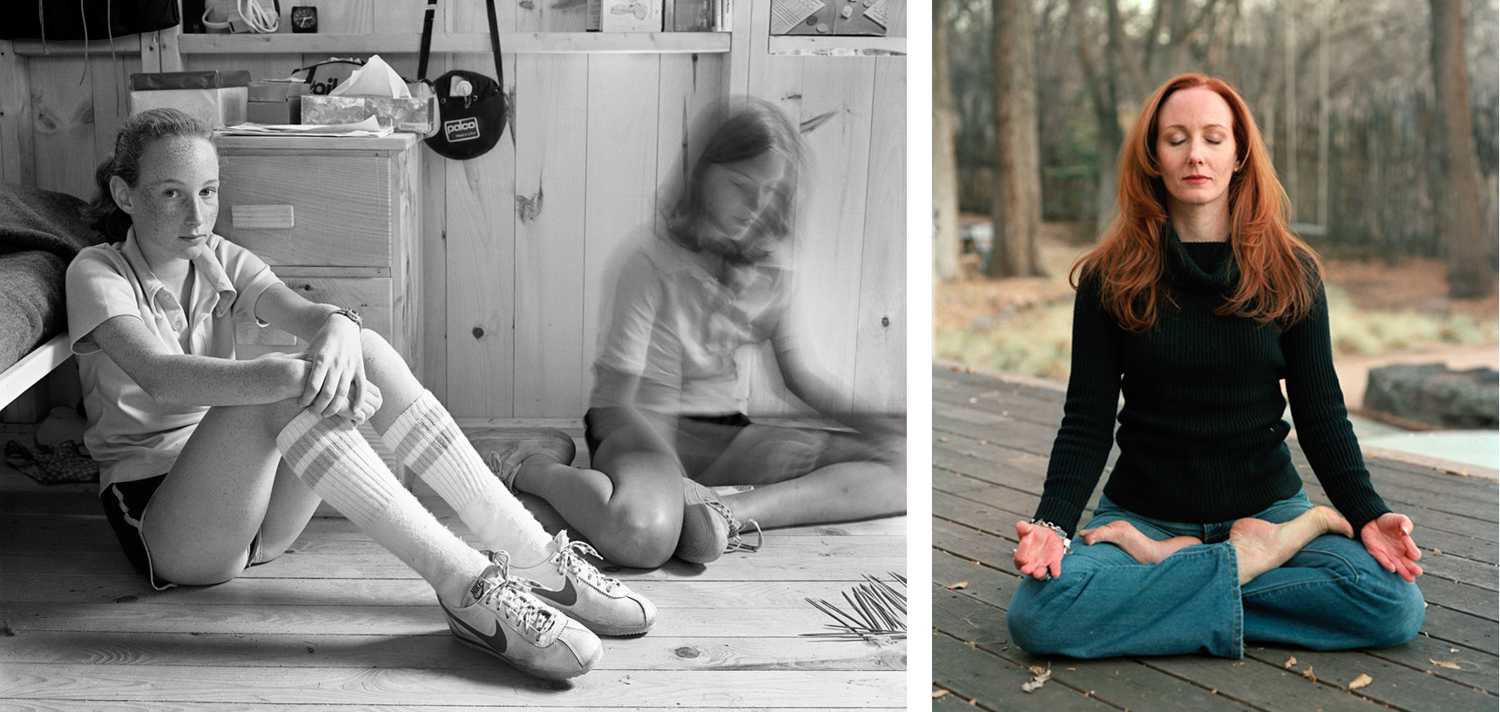
Julia (nee Nadine) Padawer, Camp Pinecliffe, Harrison, ME; Julia (nee Nadine) Padawer, DC
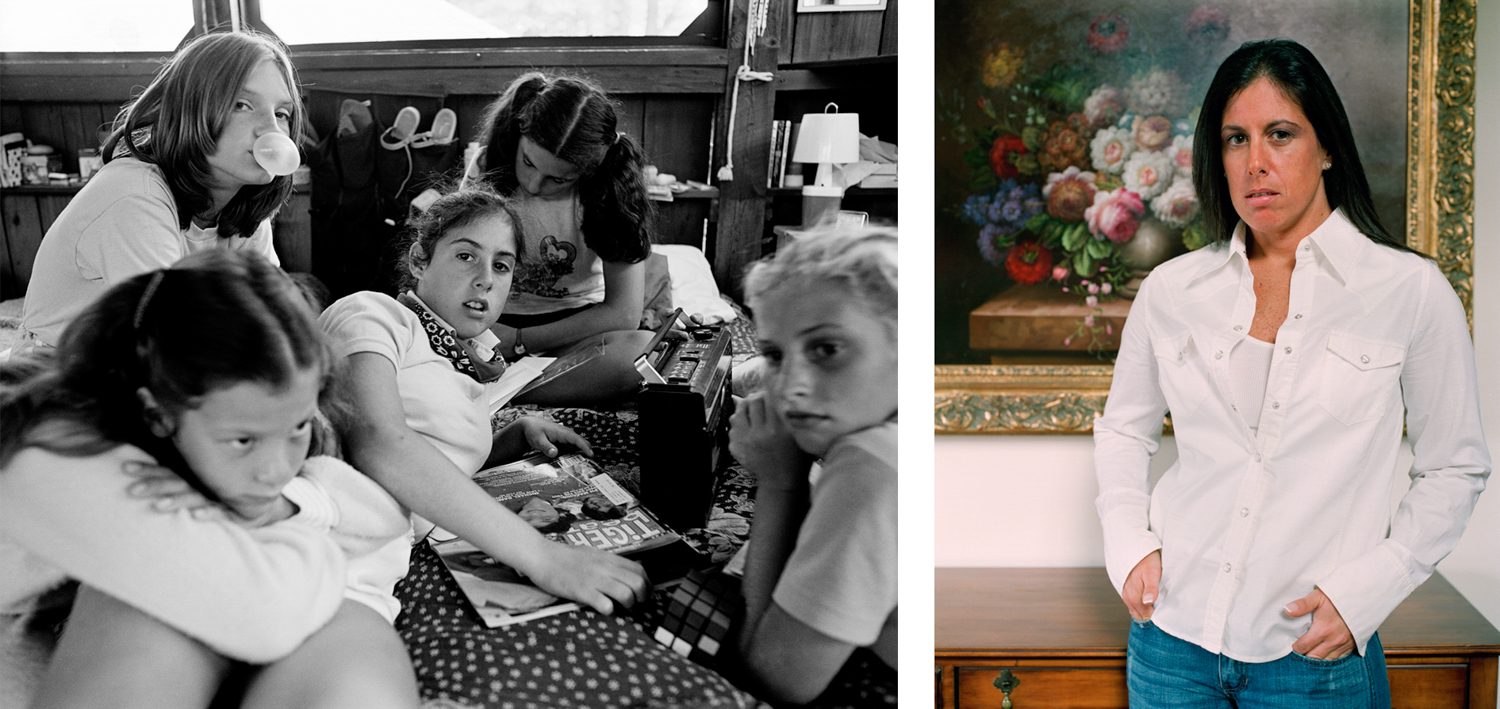
Marnie Bernstein (center), Camp Pinecliffe, Harrison, ME; Marnie Bernstein Roskinl, NY
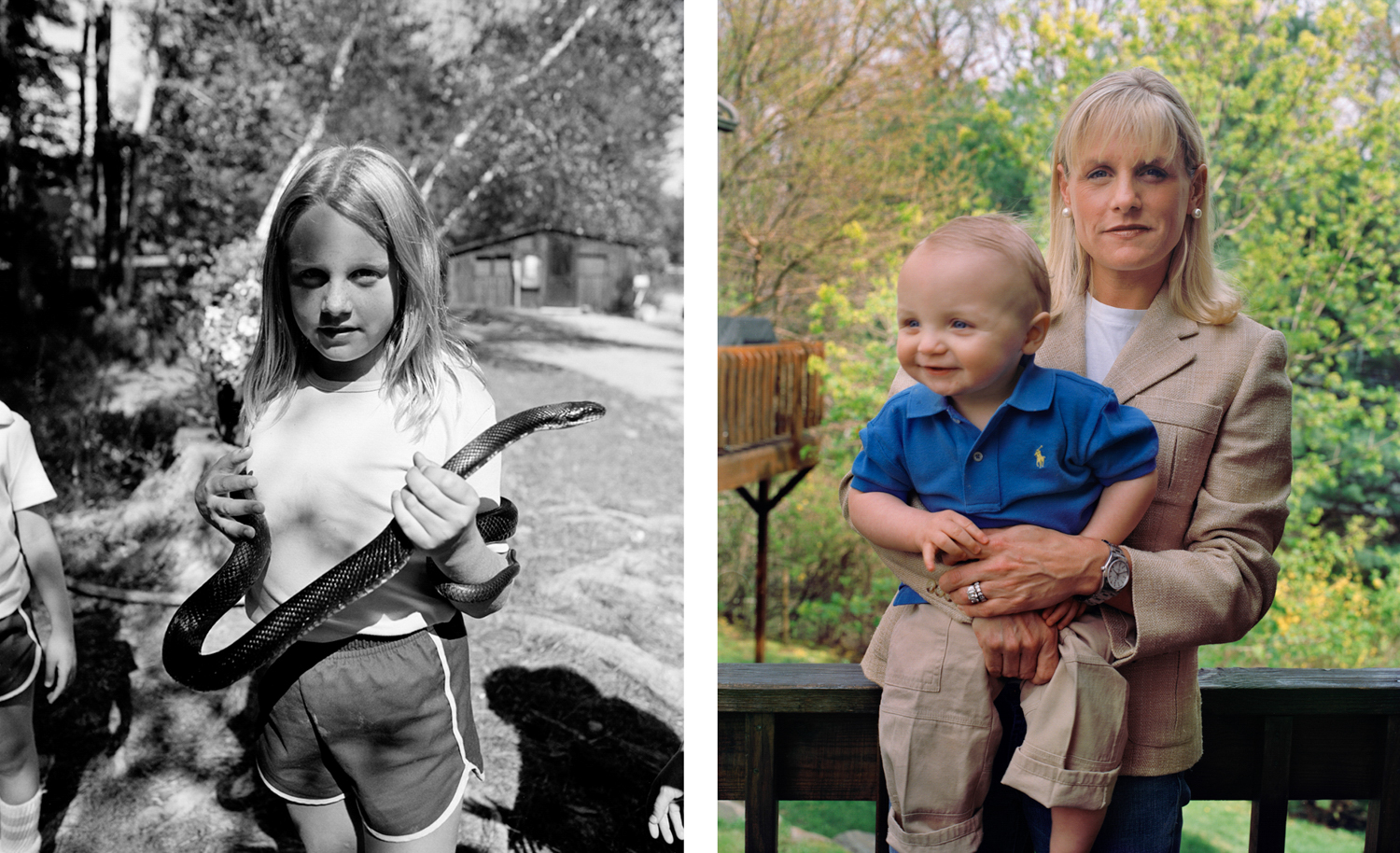
Ali Rothman, Camp Pinecliffe, Harrison, ME; Ali Rothman, NY
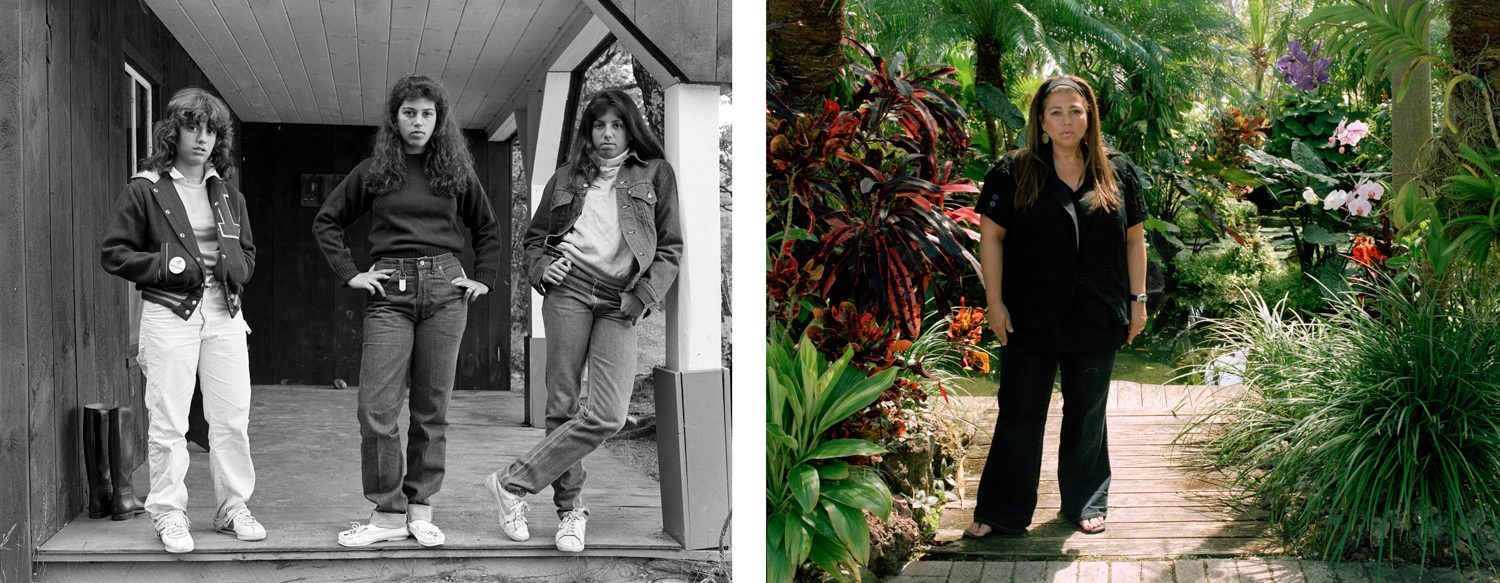
Stacey Deutsch (right), Camp Pinecliffe, Harrison, ME; Stacey Deutsch Shoer, FL
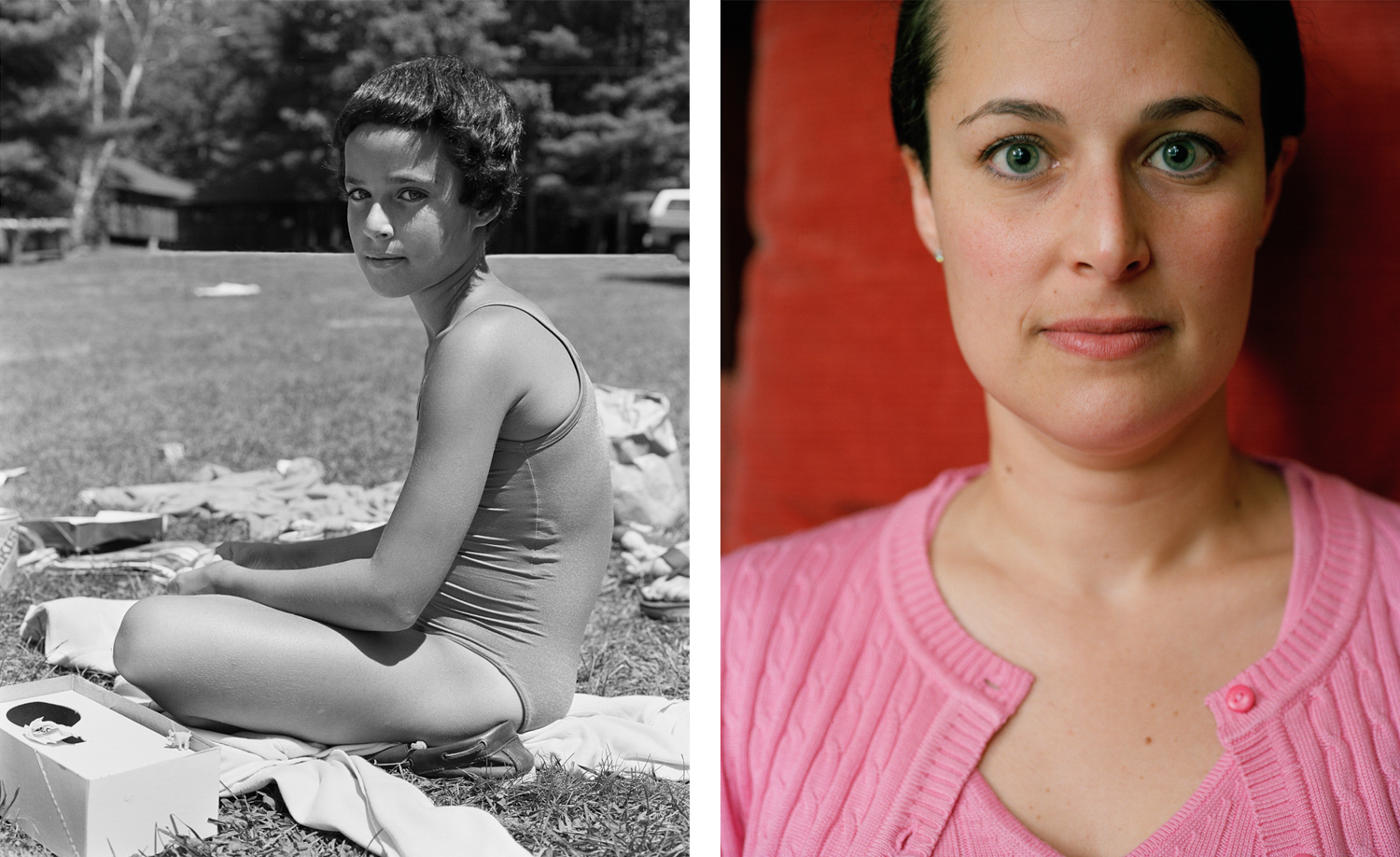
Jen Shore, Camp Pinecliffe, Harrison, ME; Jen Shore, NY
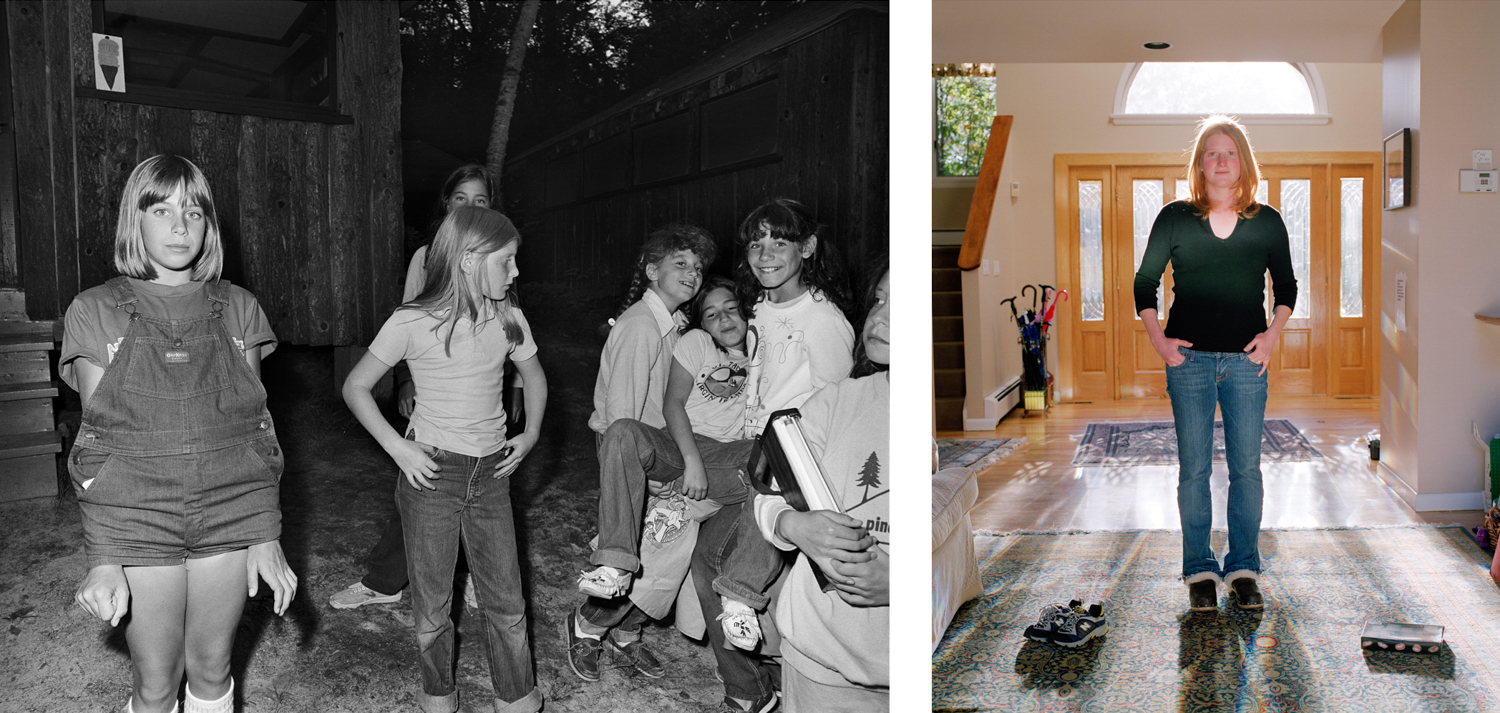
Erika Aronson (center), Camp Pinecliffe, Harrison, ME; Erika Aronson Stern, NY
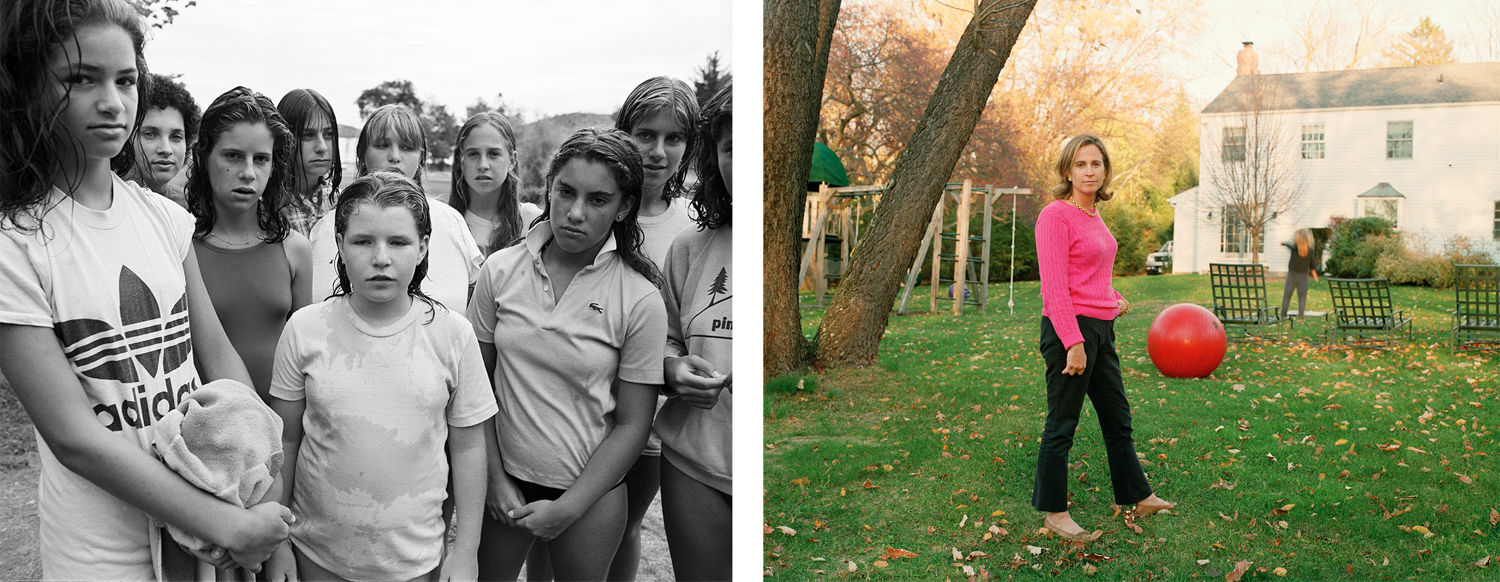
Chrissy Sherman (3rd from right), Camp Pinecliffe, Harrison, ME; Chrissy Sherman Robinson, CT
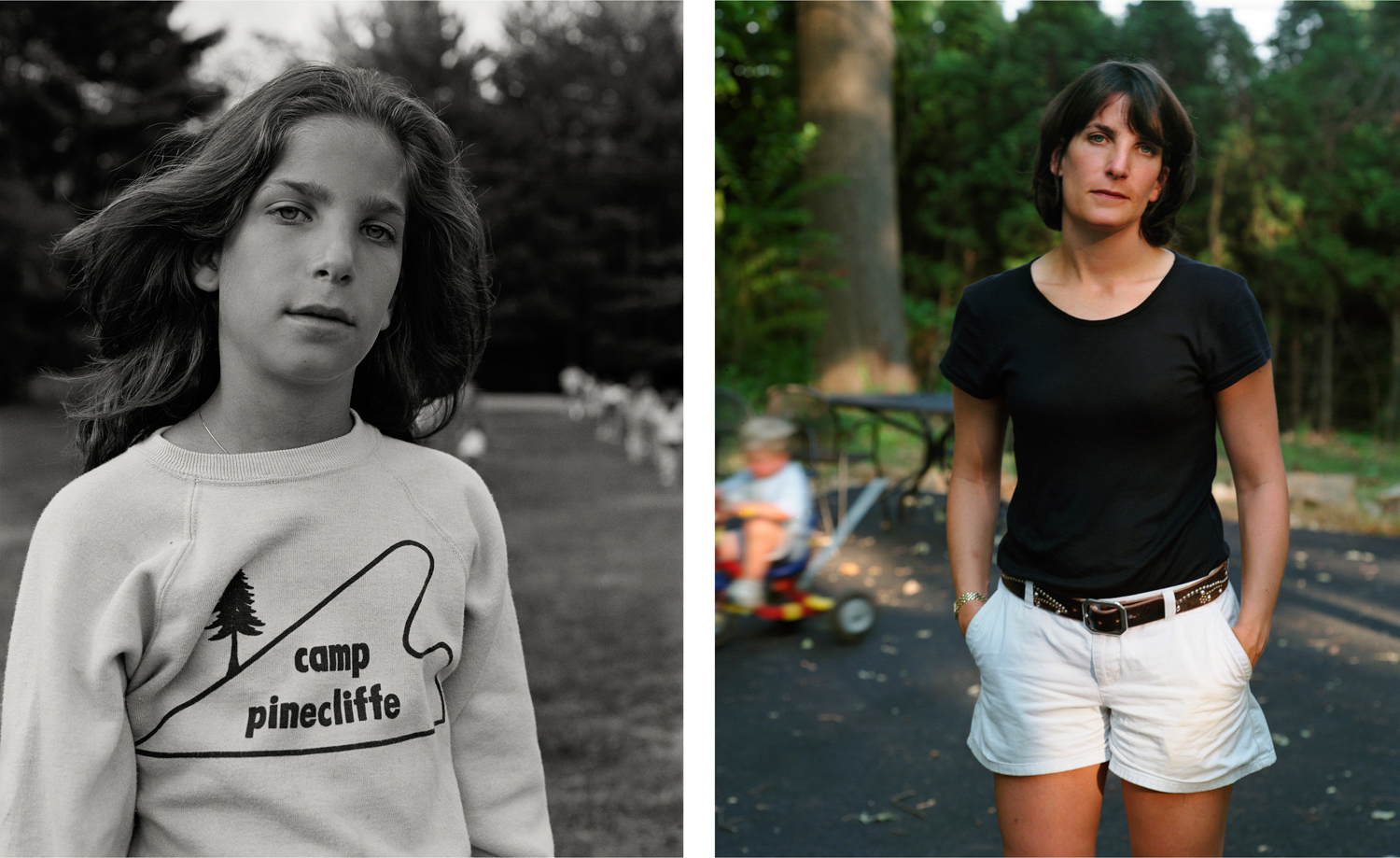
Alyson Cooper, Camp Pinecliffe, Harrison, ME; Alyson Cooper Silverman, PA
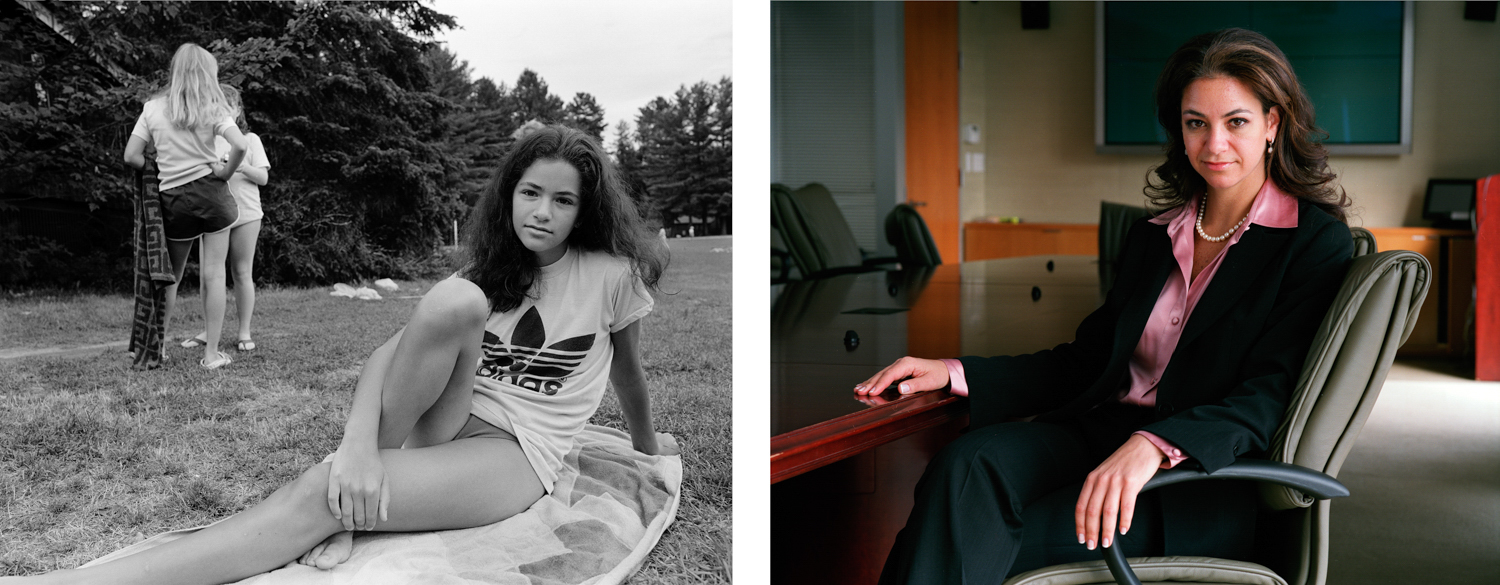
Lovey Morse, Camp Pinecliffe, Harrison, ME; Lovey Morse, NY
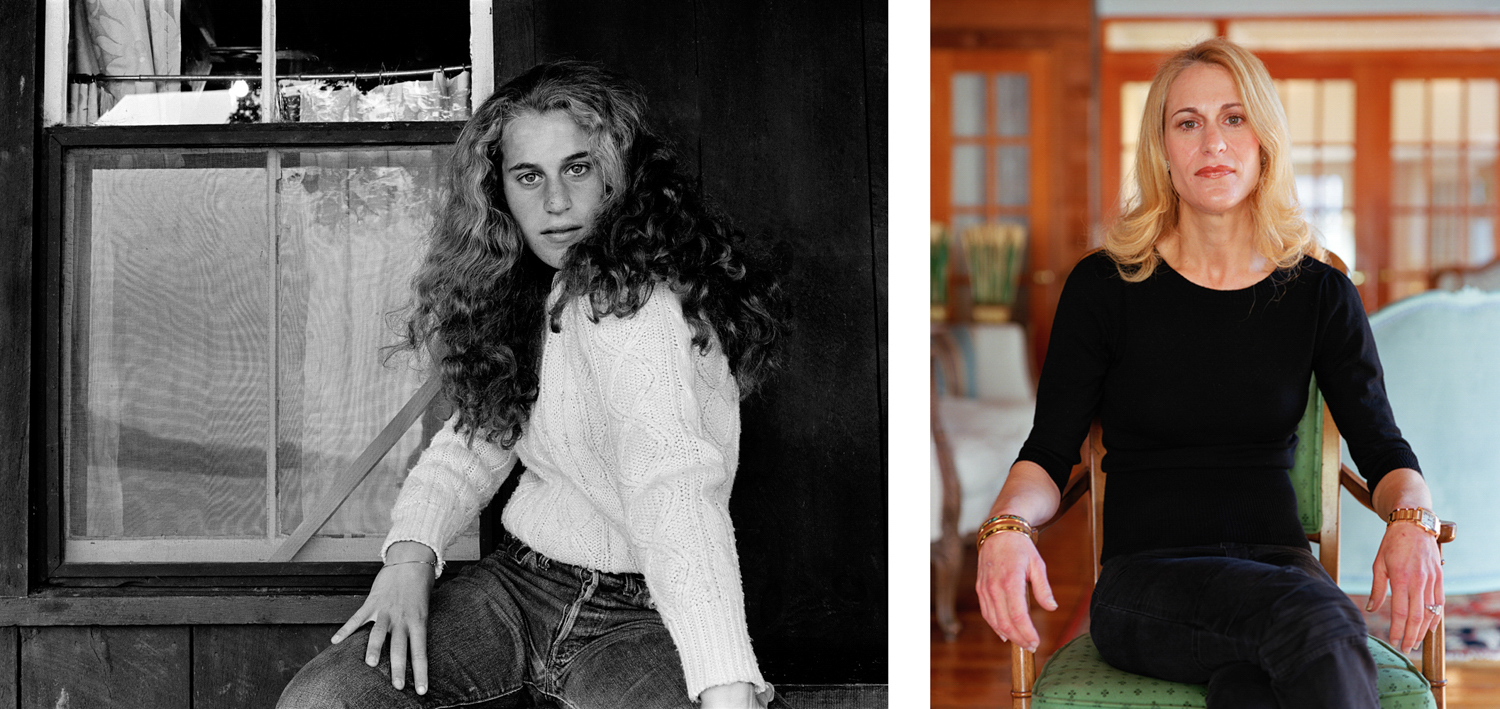
Susan Dion, Camp Pinecliffe, Harrison, ME; Susan Dion Strauss, NY
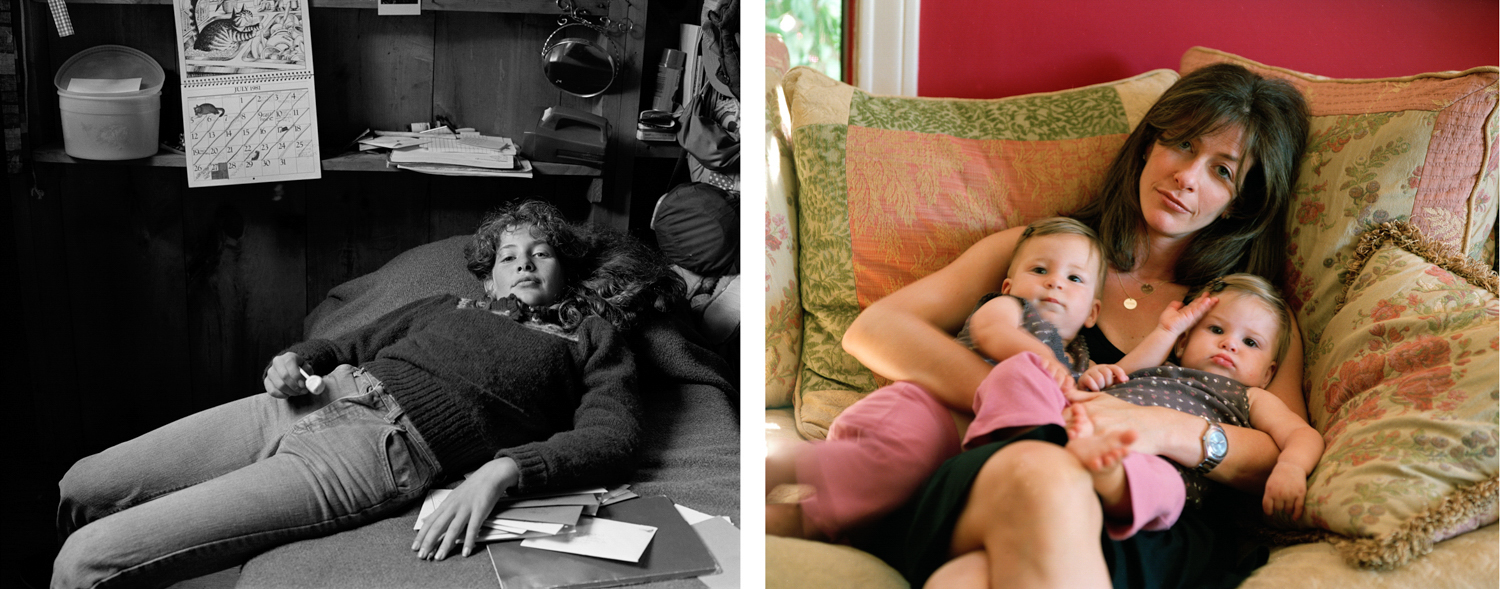
Jen Abrams, Camp Pinecliffe, Harrison, ME; Jen Abrams Waxler, CA
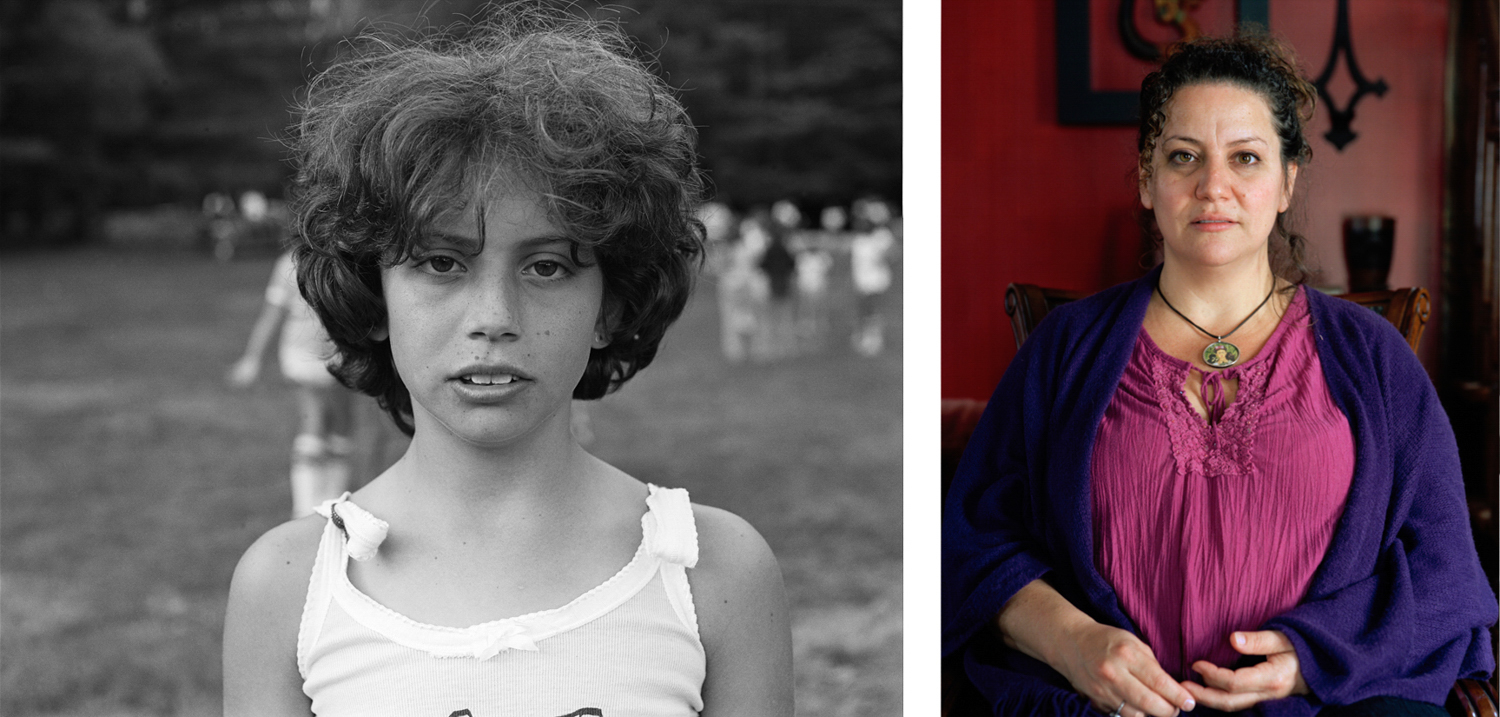
Carolyn Schwartz, Camp Pinecliffe, Harrison, ME; Carolyn Schwartz Black, WI
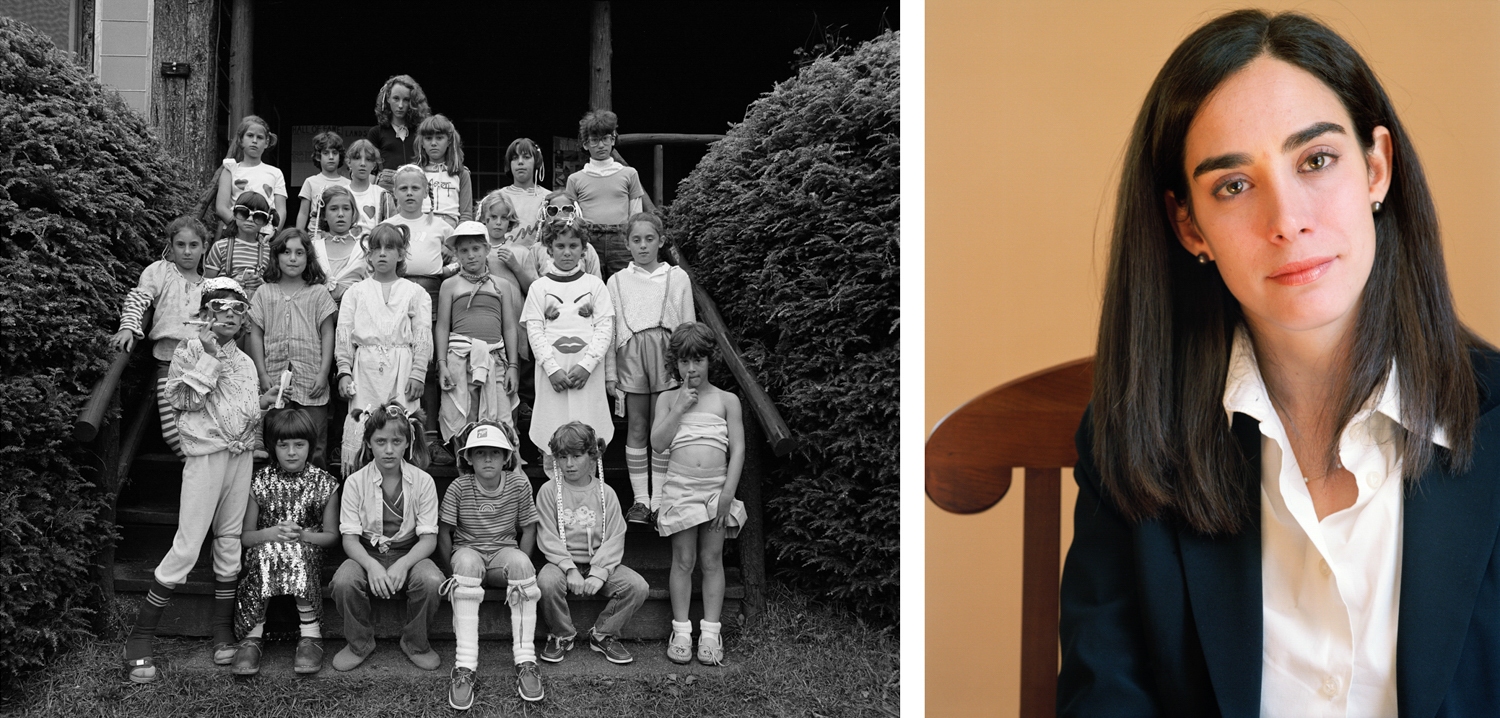
Karen Berg, Camp Pinecliffe, Harrison, ME; Karen Berg Miller, NJ
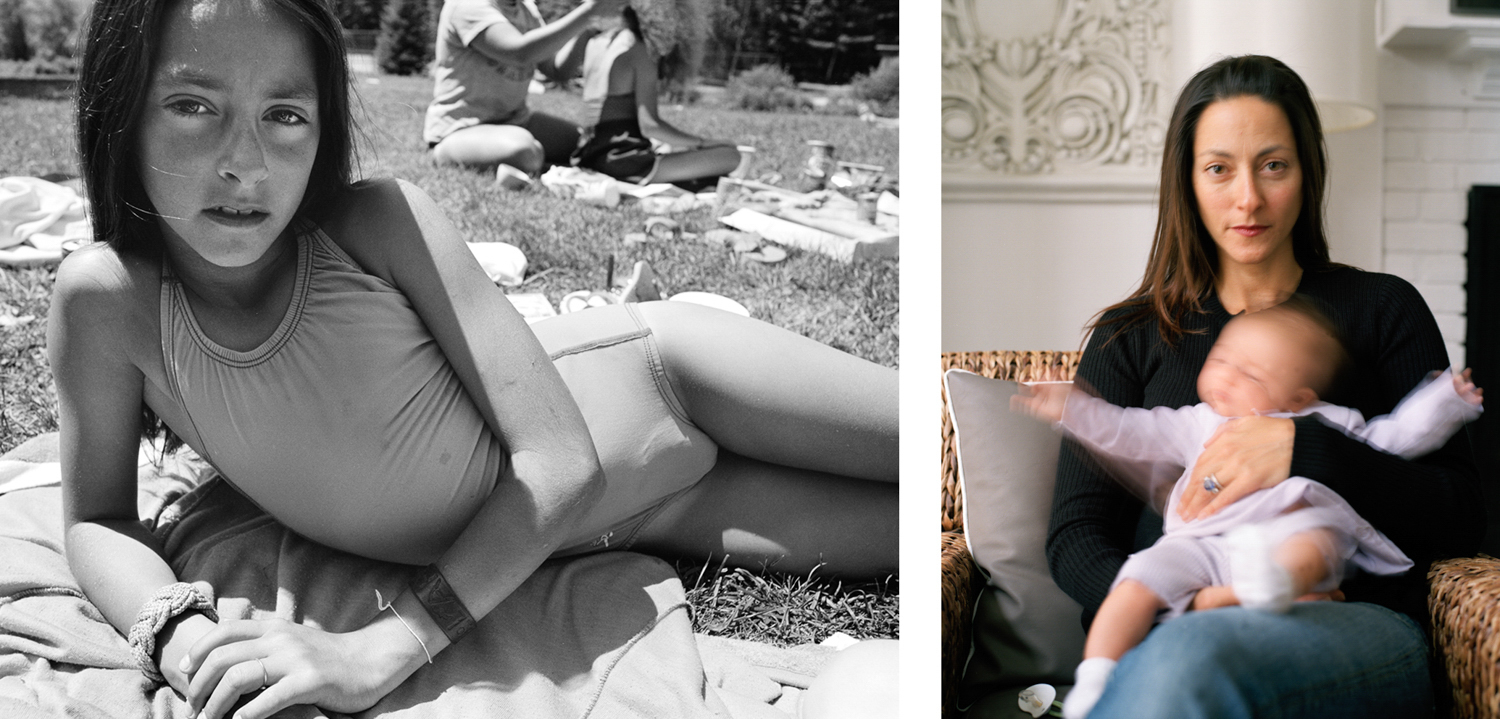
Hillary Goldberg, Camp Pinecliffe, Harrison, ME; Hillary Goldberg, OH

Julie Jacobson, Camp Pinecliffe, Harrison, ME; Julie Jacobson, CA

Susan Golkin, Camp Pinecliffe, Harrison, ME; Susan Golkin, NY
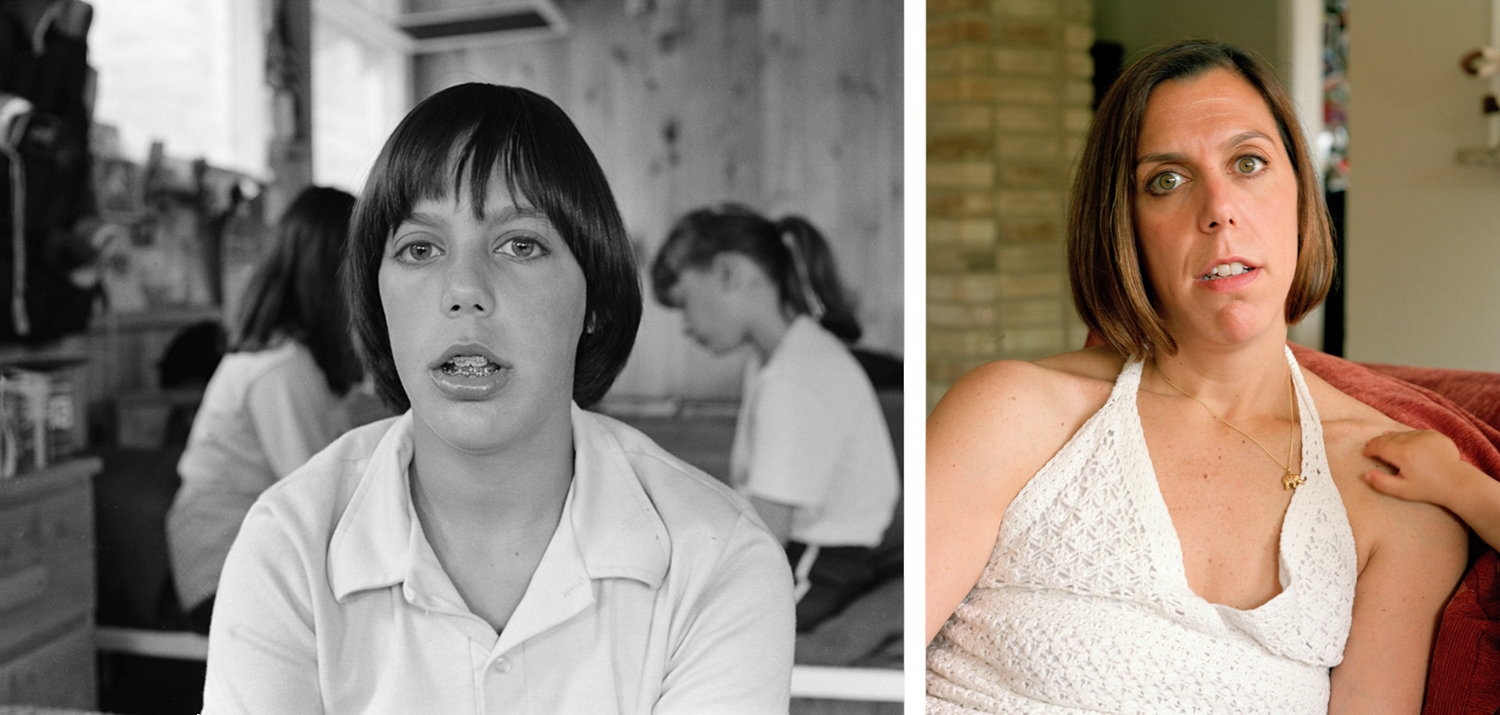
Stacy Weiner, Camp Pinecliffe, Harrison, ME; Stacy Weiner Cushing, TX
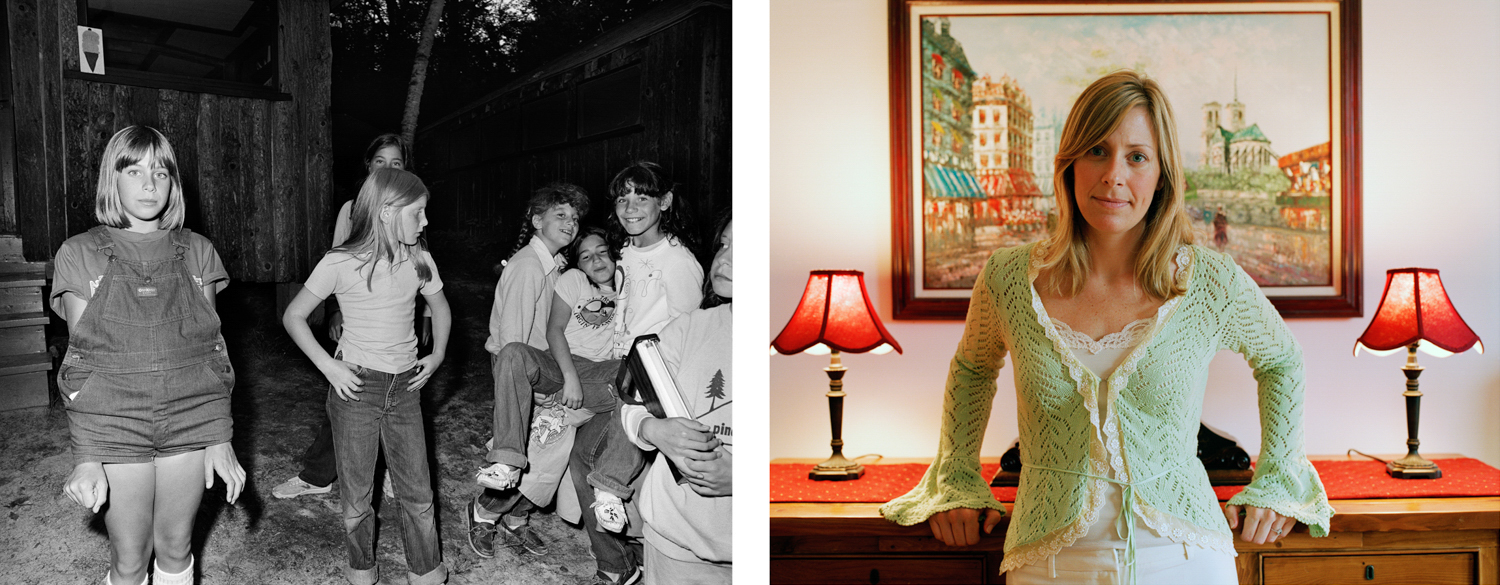
Emily Taub, Camp Pinecliffe, Harrison, ME; Emily Taub, NY
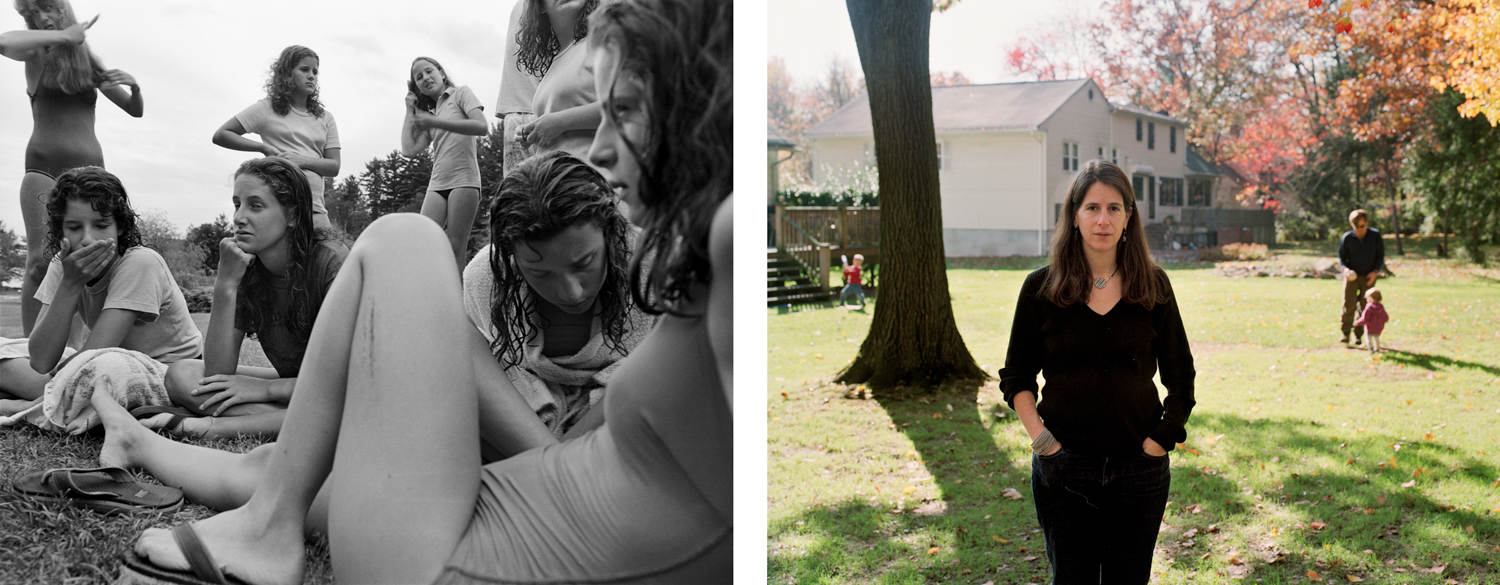
Melinda Abrams, Camp Pinecliffe, Harrison, ME; Melinda Abrams, NY
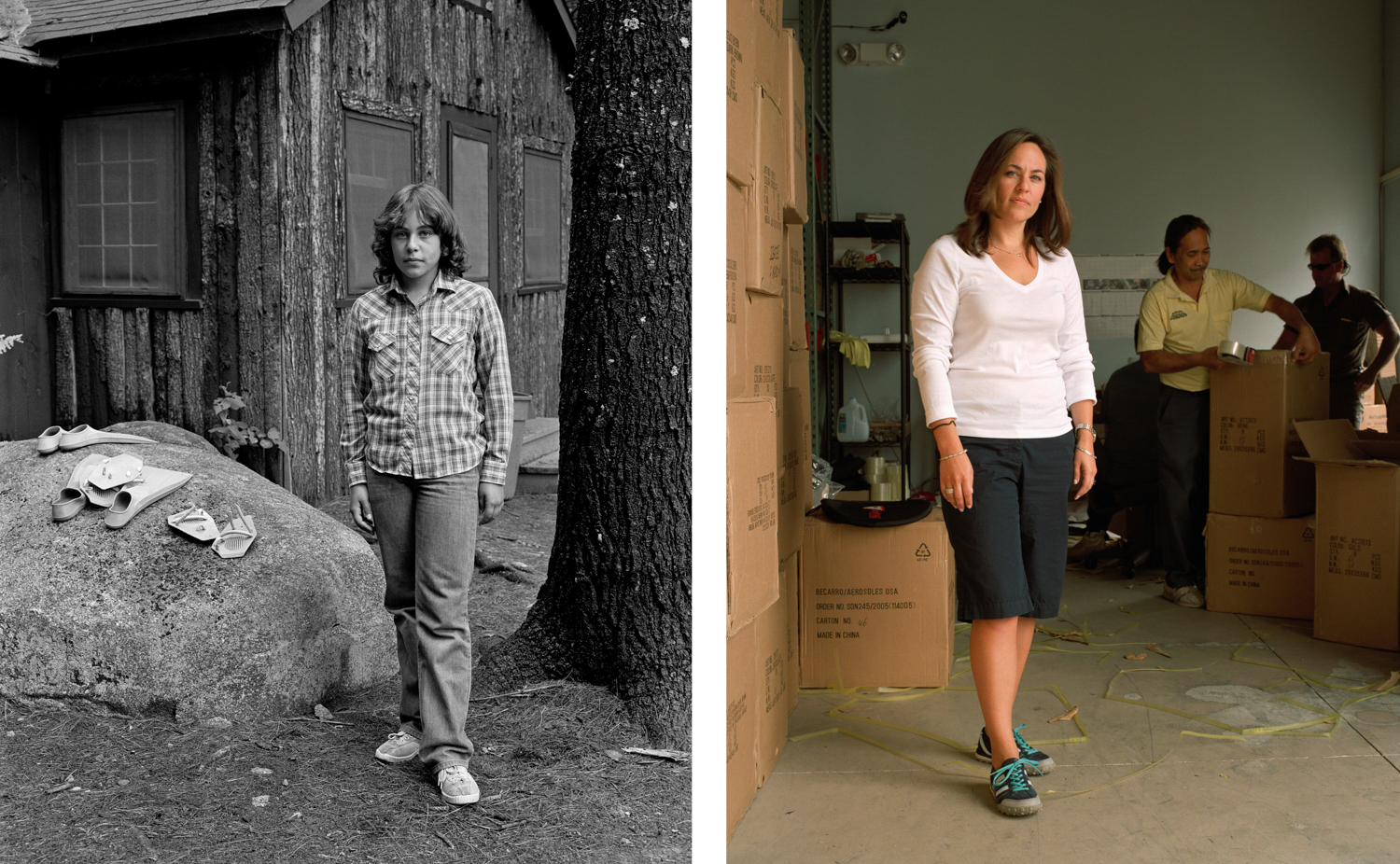
Marlo Prince, Camp Pinecliffe, Harrison, ME Marlo Prince, FL
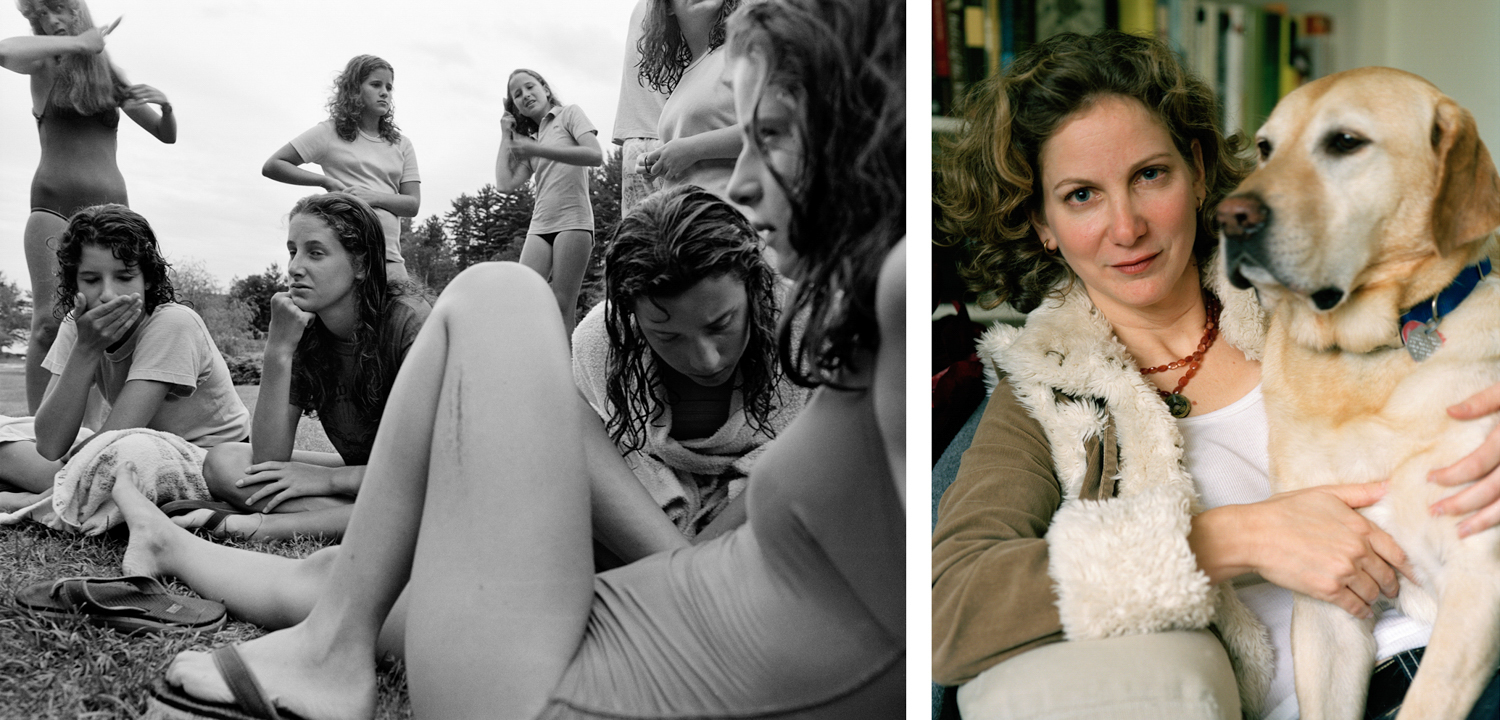
Janet Dery (Center), Camp Pinecliffe, Harrison, ME; Janet Dery, OH
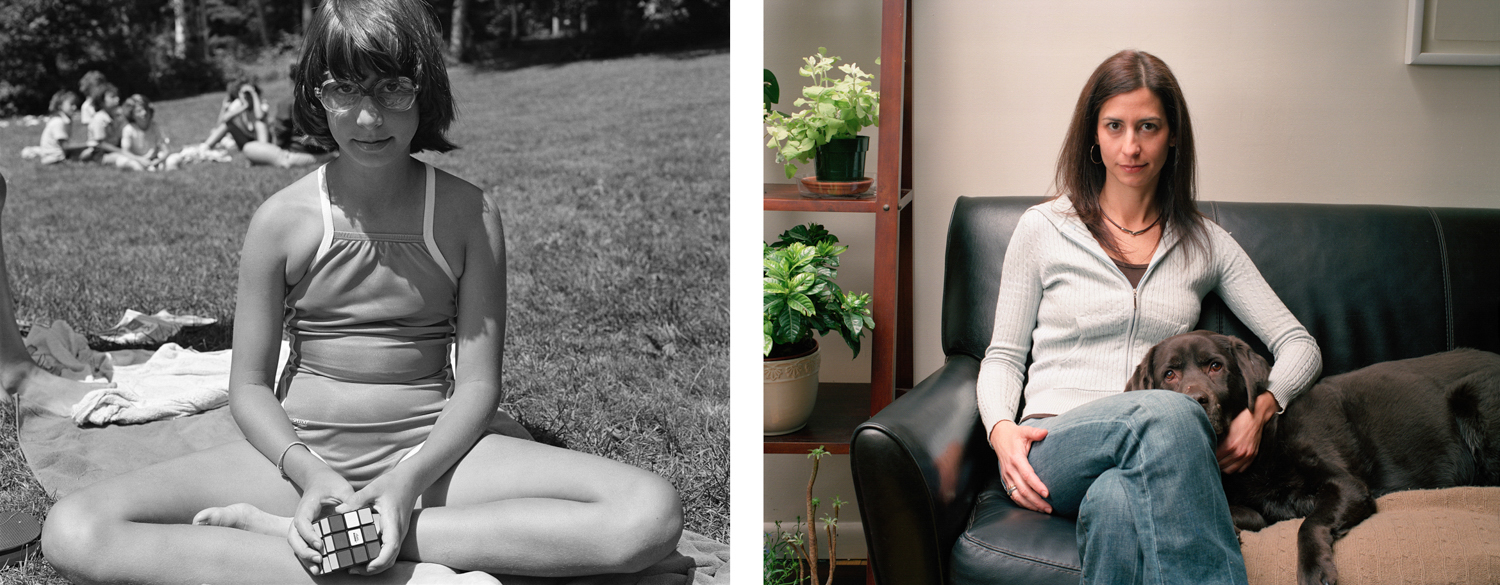
Nikki Elkins, Camp Pinecliffe, Harrison, ME; Nikki Elkins, NY
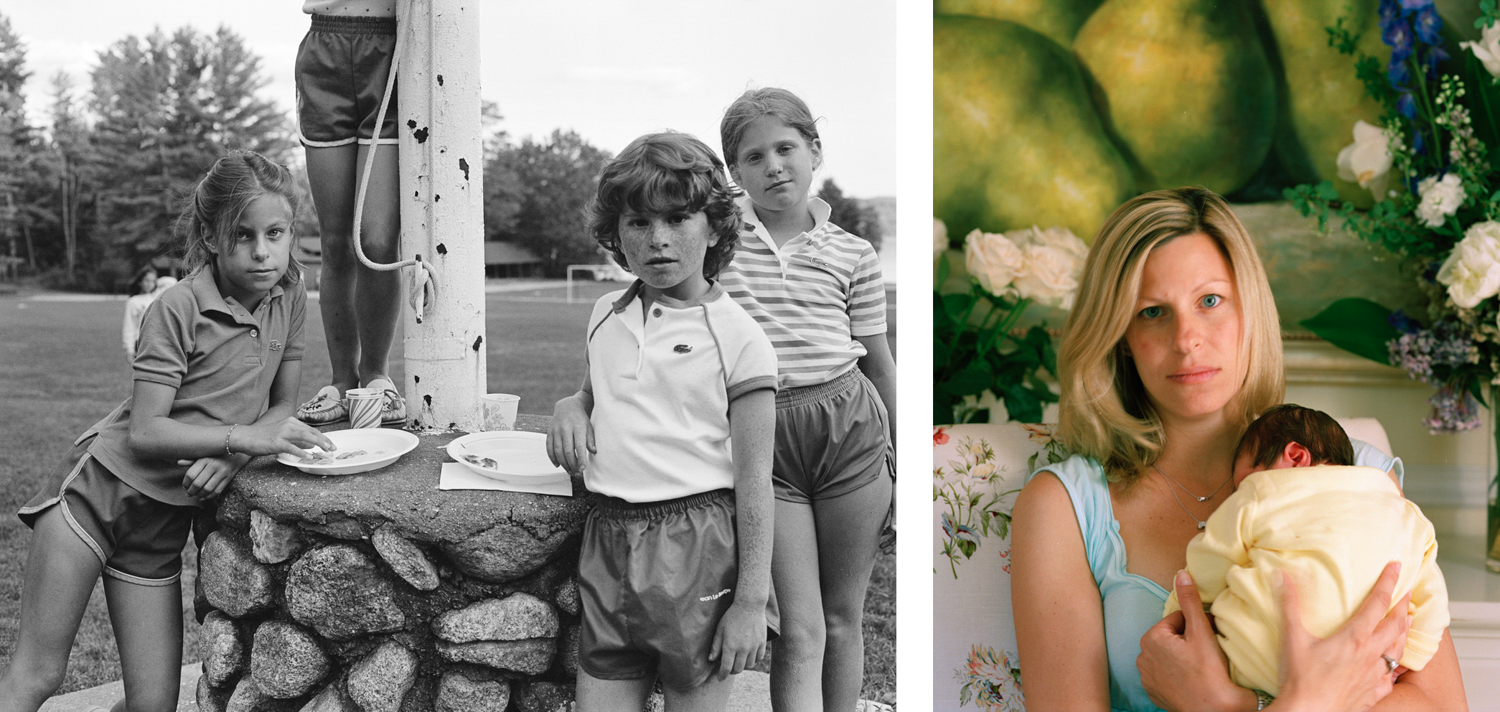
Stephanie Taub (left), Camp Pinecliffe, Harrison, ME; Stephanie Taub Fox, MA
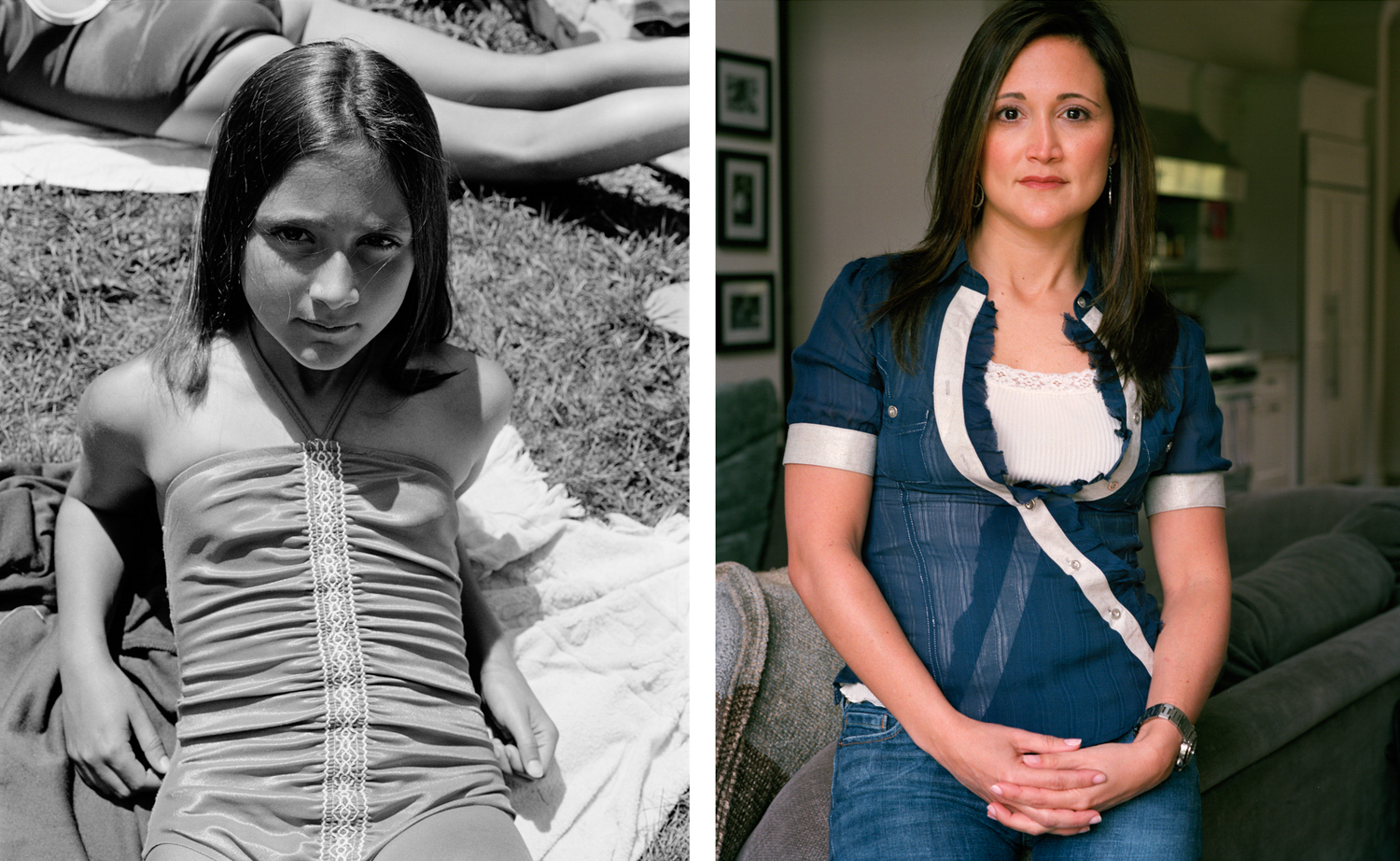
Jennifer Apfelbaum, Camp Pinecliffe, Harrison, ME; Jennifer Apfelbaum Wiener, NY
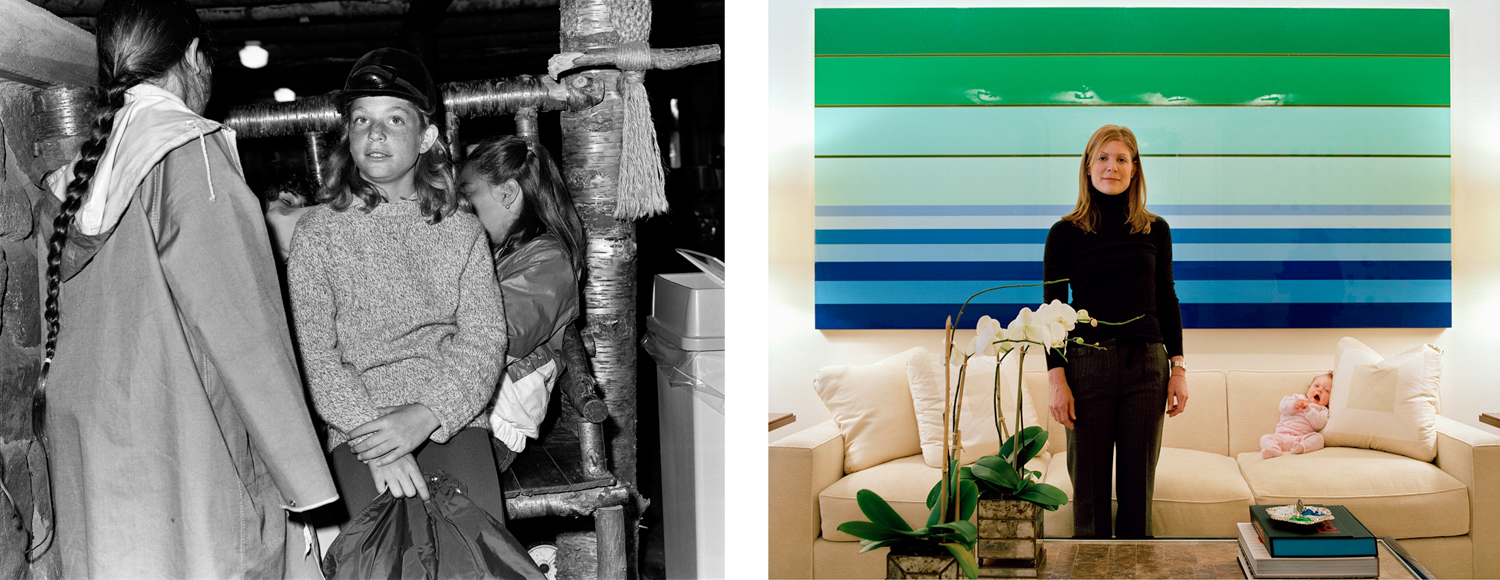
Amy Lederman, Camp Pinecliffe, Harrison, ME; Amy Lederman Vershliser, NY

Meredyth Bookstein, Camp Pinecliffe, Harrison, ME; Meredyth Bookstein Capasso, NY
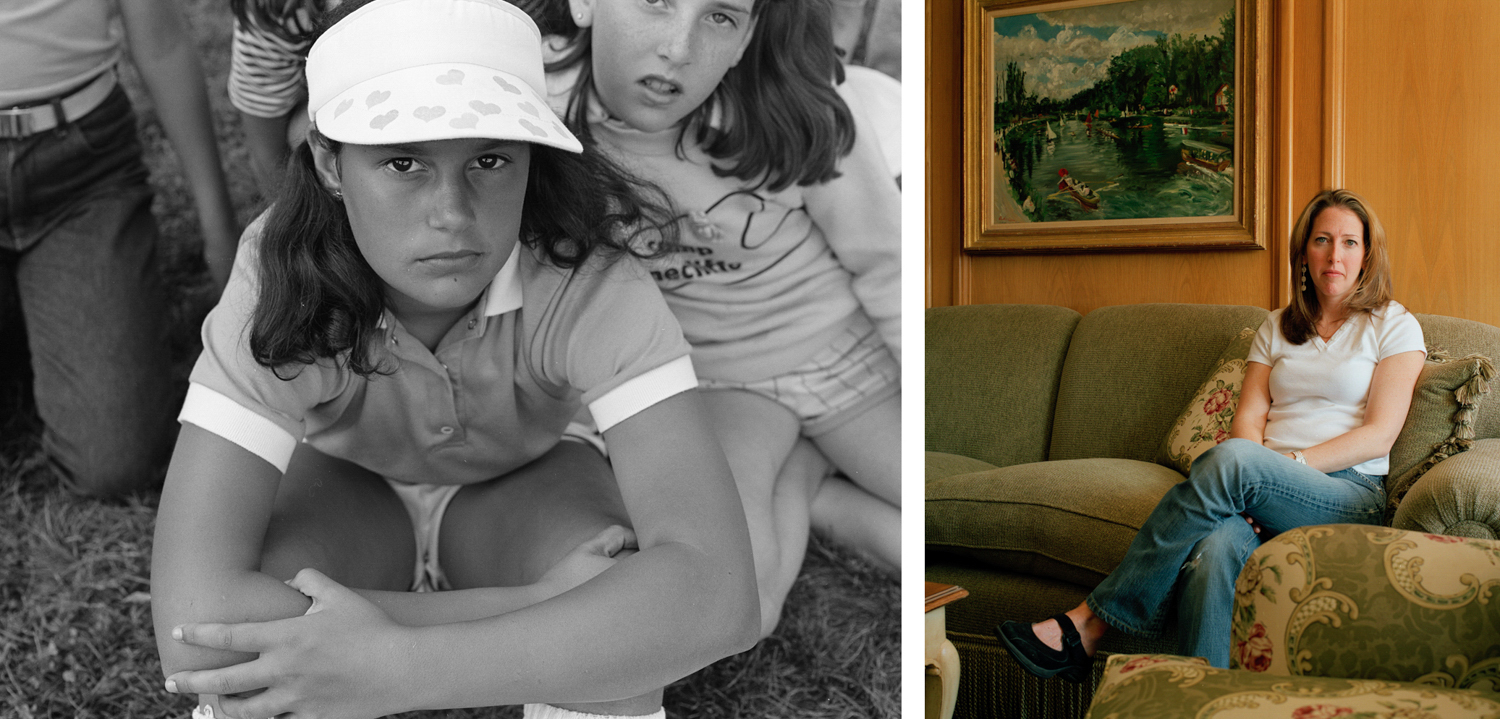
Pam Gladstein, Camp Pinecliffe, Harrison, ME; Pam Gladstein Sole, NY

Gay Block and Alison Block, Camp Pinecliffe, Harrison, ME; Alison Block Gerson with Julian and Owen, Woodstock, NY
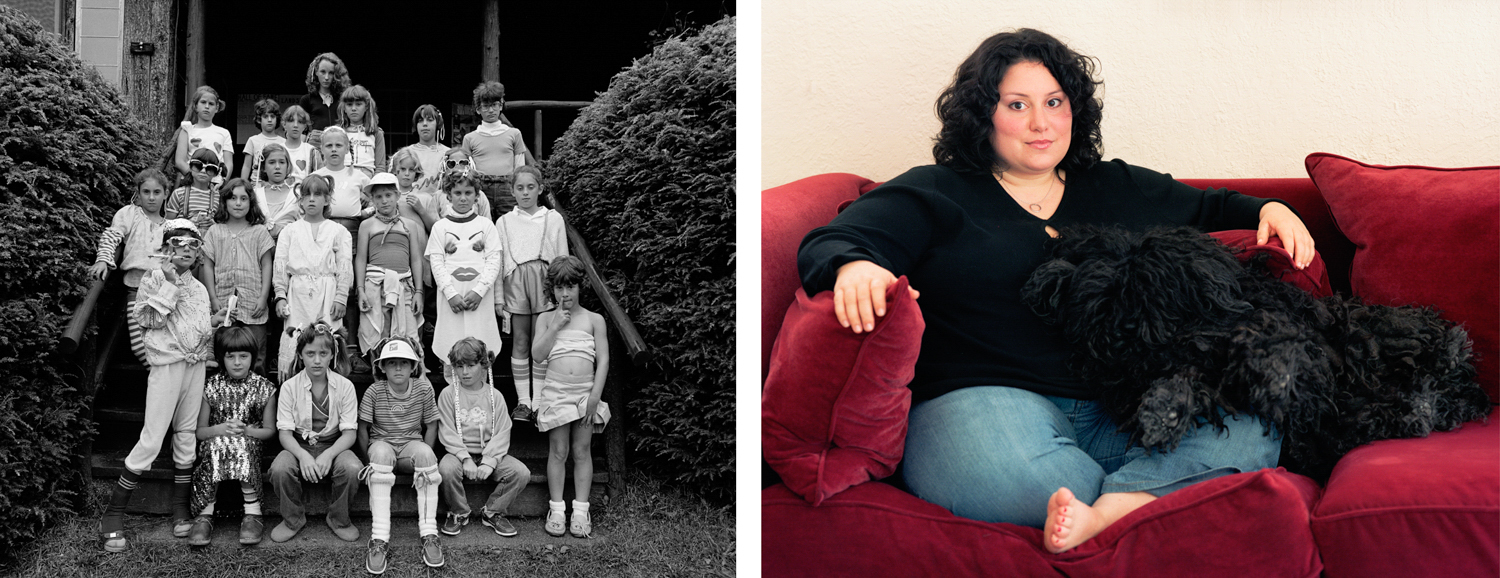
Julie Simonson, Camp Pinecliffe, Harrison, ME; Julie Simonson, PA
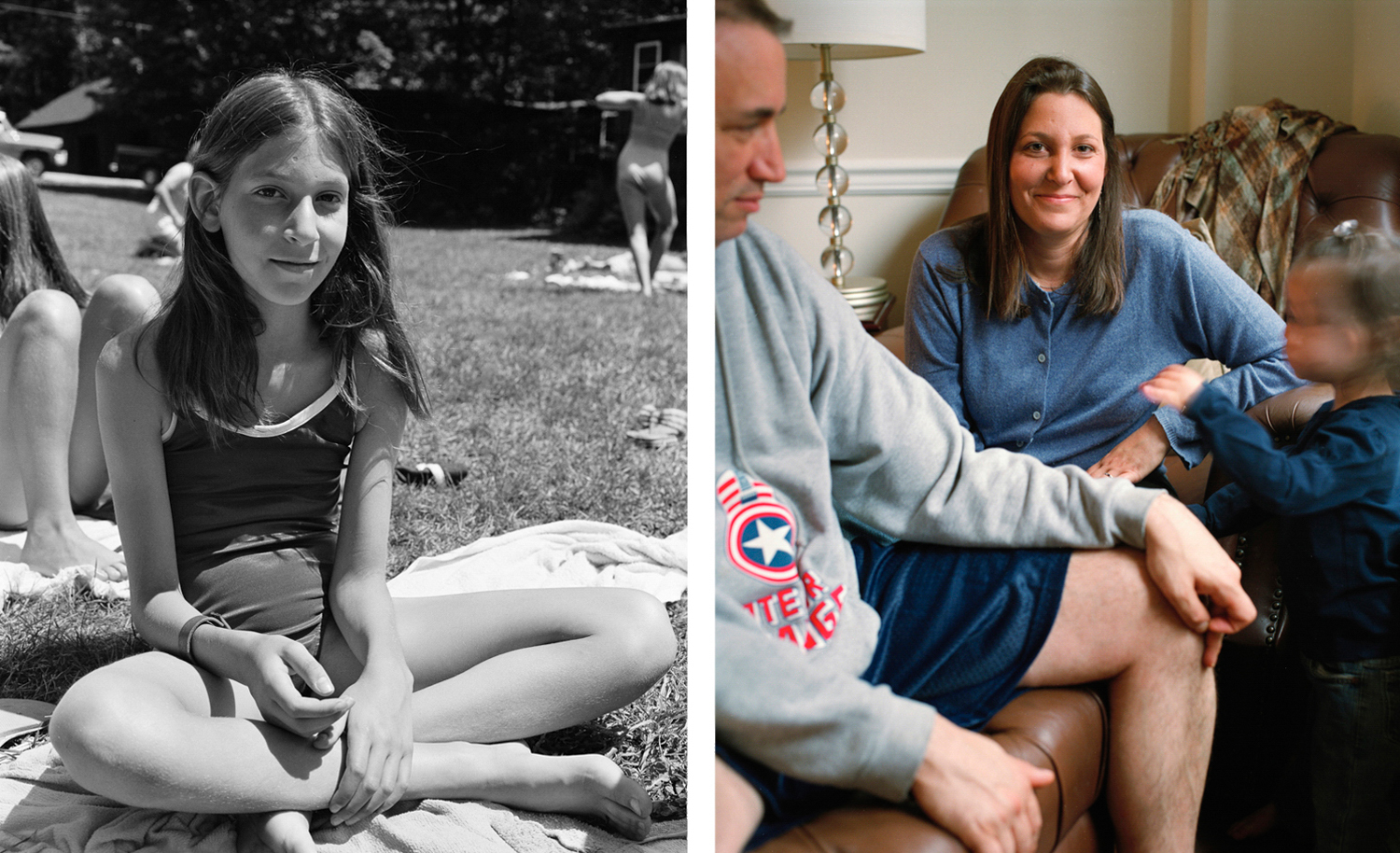
Kim Pilson, Camp Pinecliffe, Harrison, ME; Kim Pilson Fitzgerald, NY

Stephanie Snyder, Camp Pinecliffe, Harrison, ME; Stephanie Snyder, NY
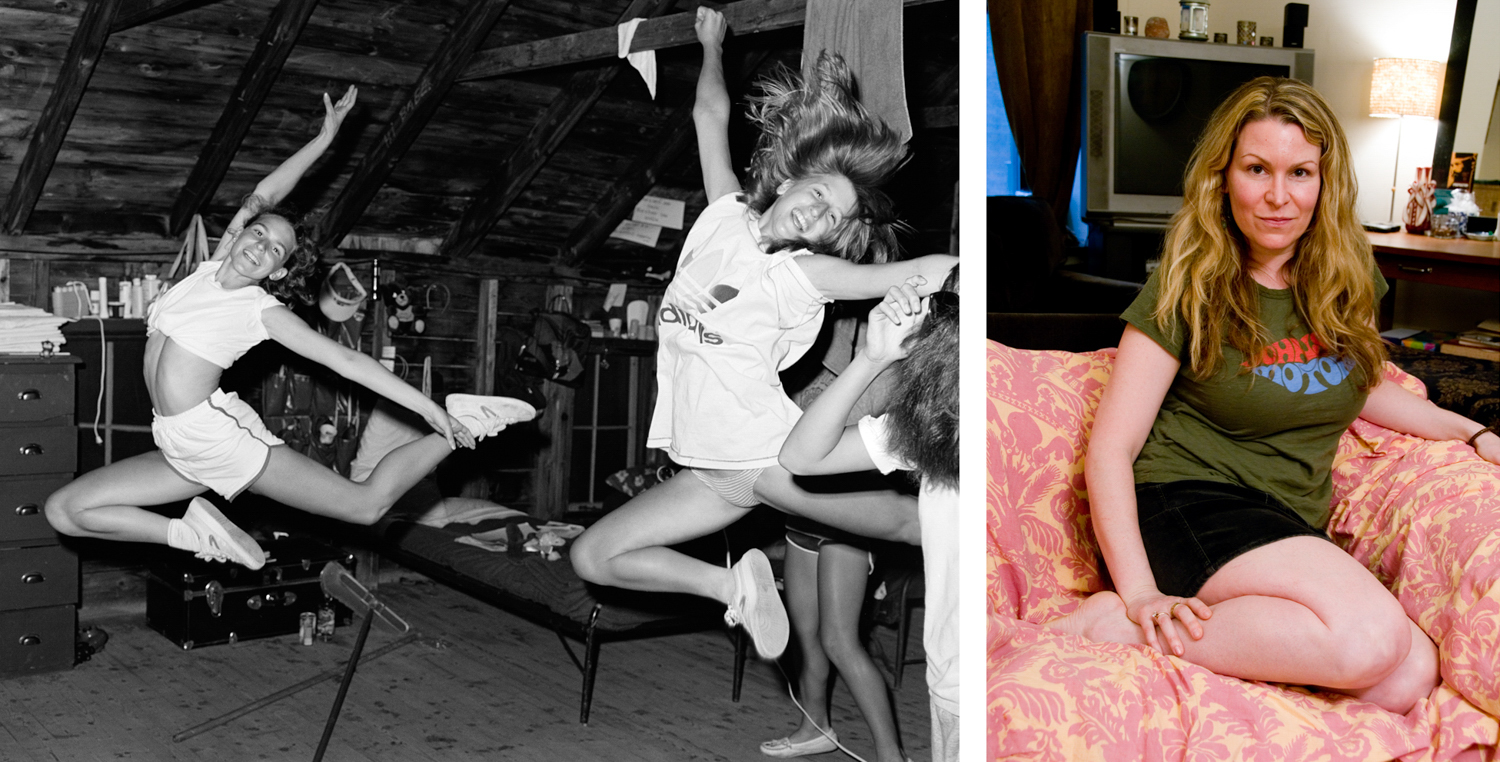
Janie Schwartz, Camp Pinecliffe, Harrison, ME; Janie Schwartz, NY
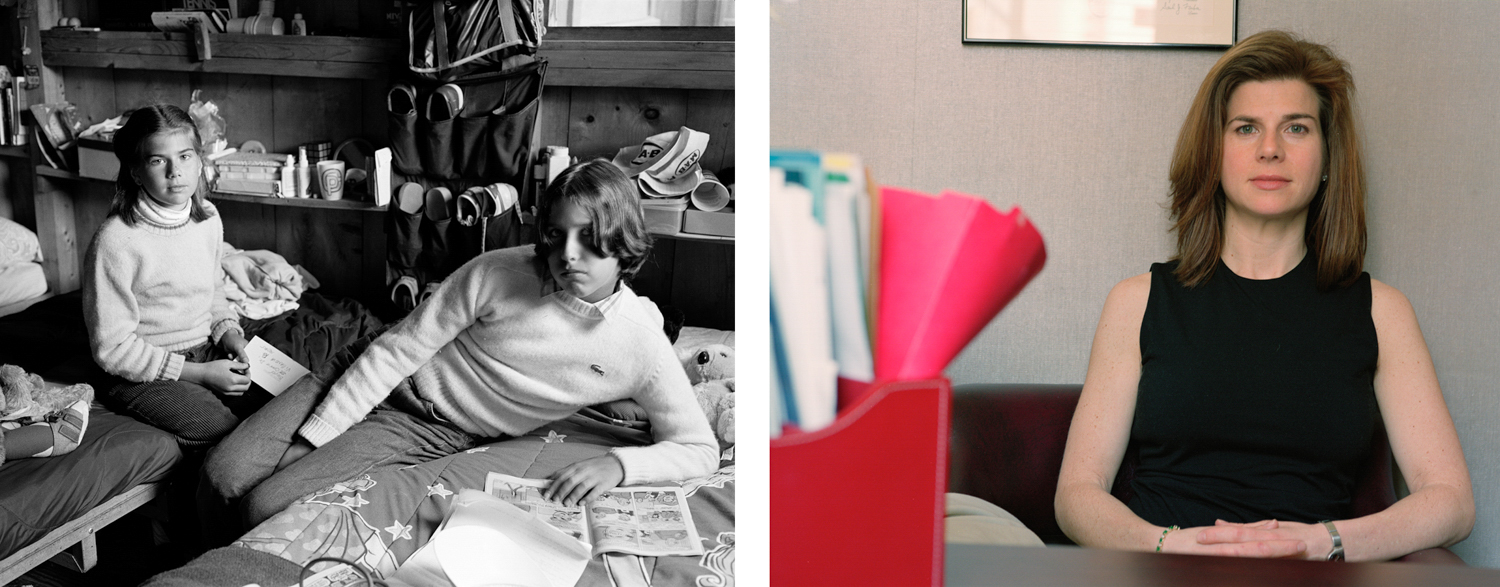
Amy Blyer (Left) Camp Pinecliffe, Harrison, ME; Amy Blyer, MD, NY

Samantha Marks, Camp Pinecliffe, Harrison, ME; Samantha Marks Gordon, MD
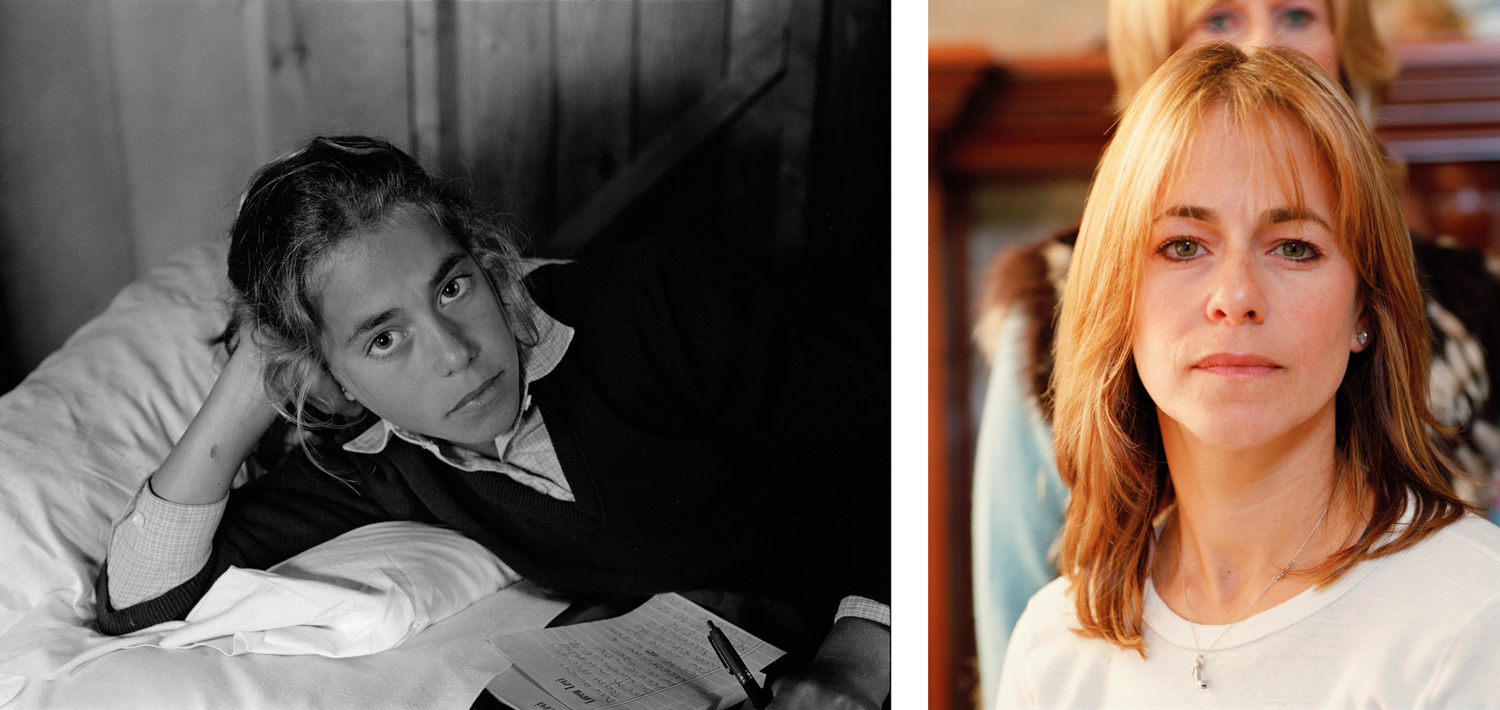
Loren Levi, Camp Pinecliffe, Harrison, ME; Loren Levi Canell, NY
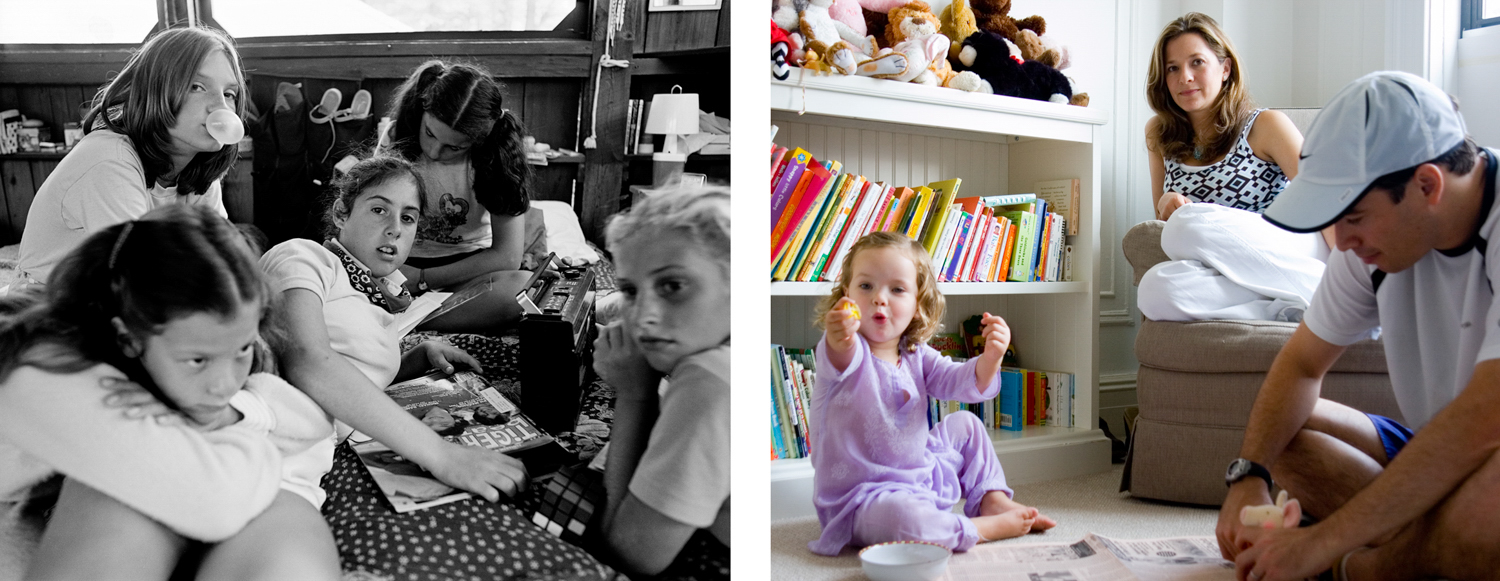
Gillian Segal, Camp Pinecliffe, Harrison, ME; Gillian Segal, NY
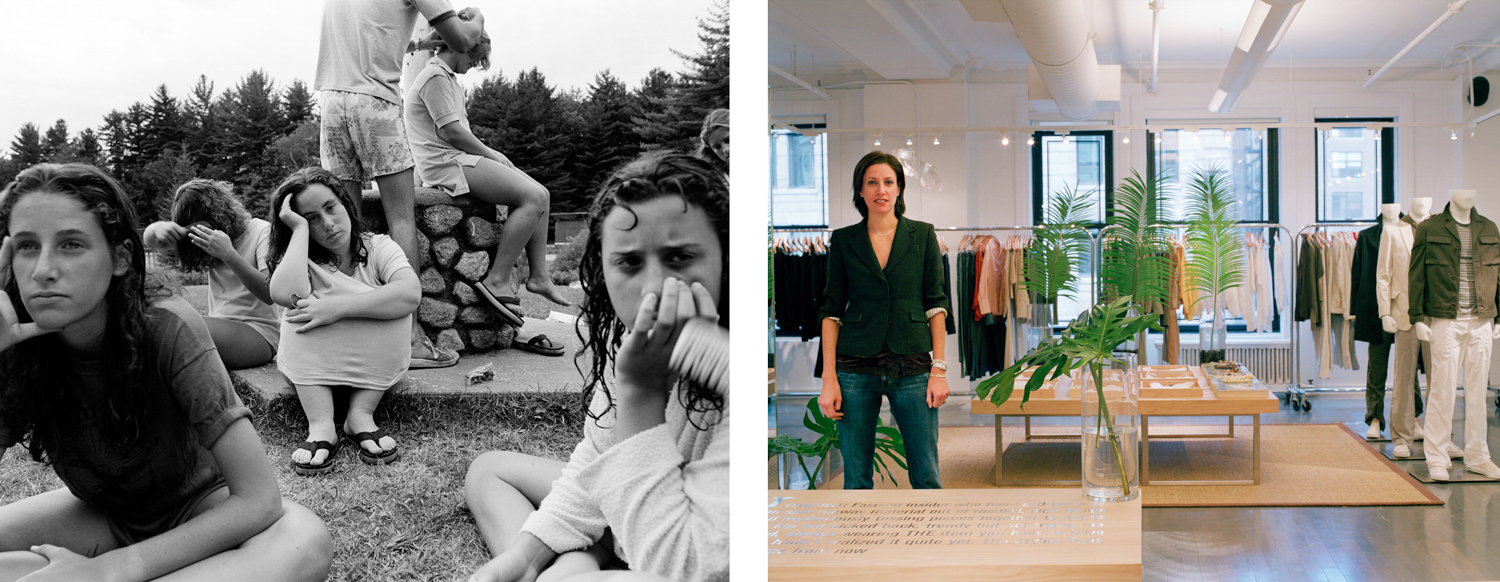
Pam Seidman, Camp Pinecliffe, Harrison, ME; Pam Stein Seidman, NY
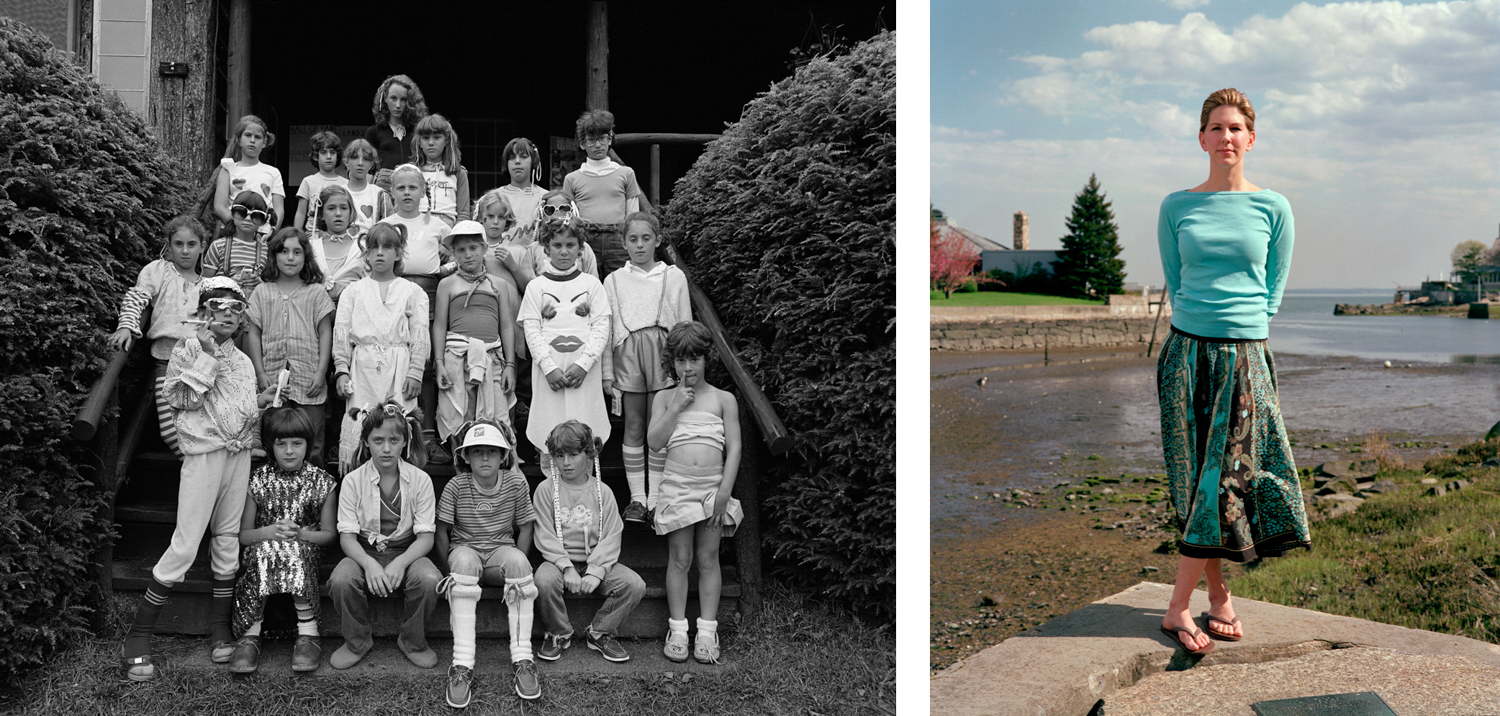
Jen Lerner (Front row, left), Camp Pinecliffe, Harrison, ME; Jen Lerner, NV
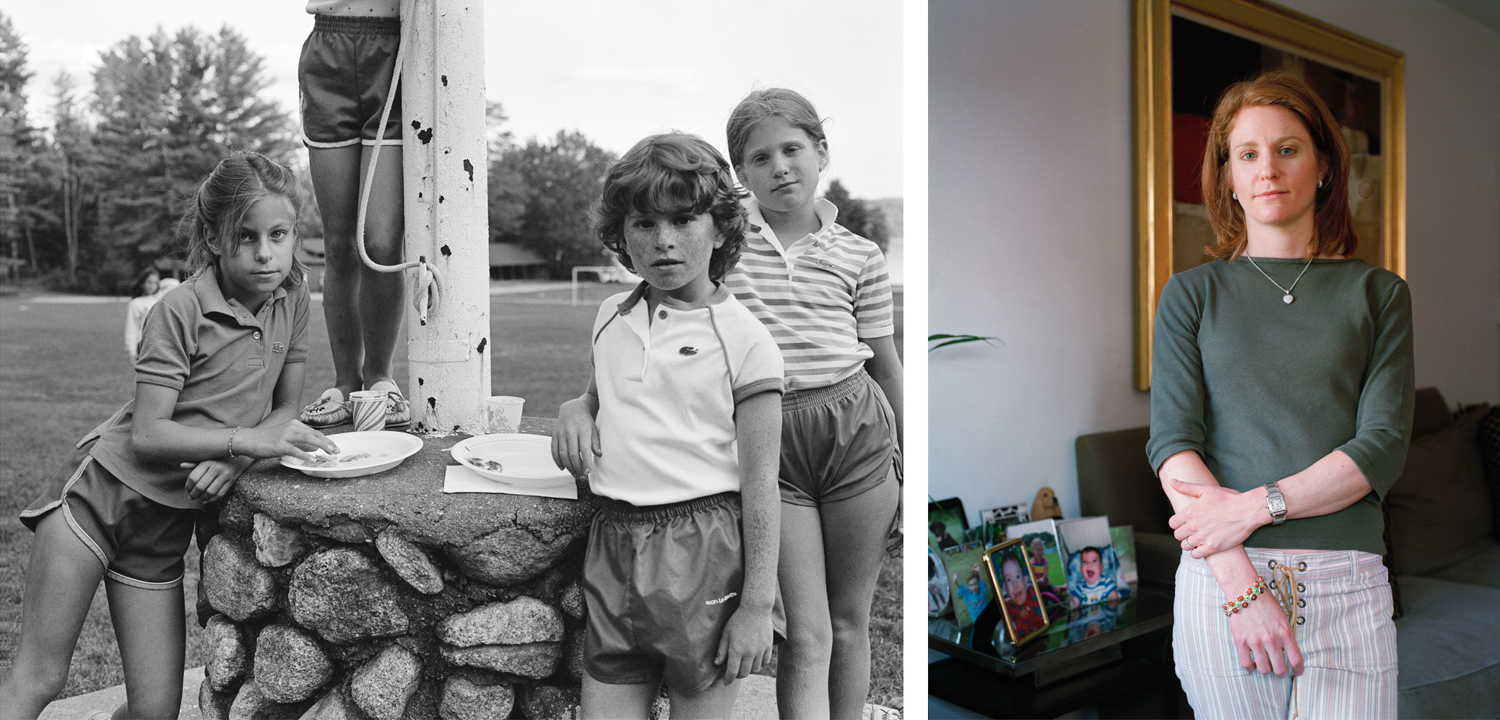
Judy Lederman (right), Camp Pinecliffe, Harrison, ME; Judy Lederman Kloner, NY
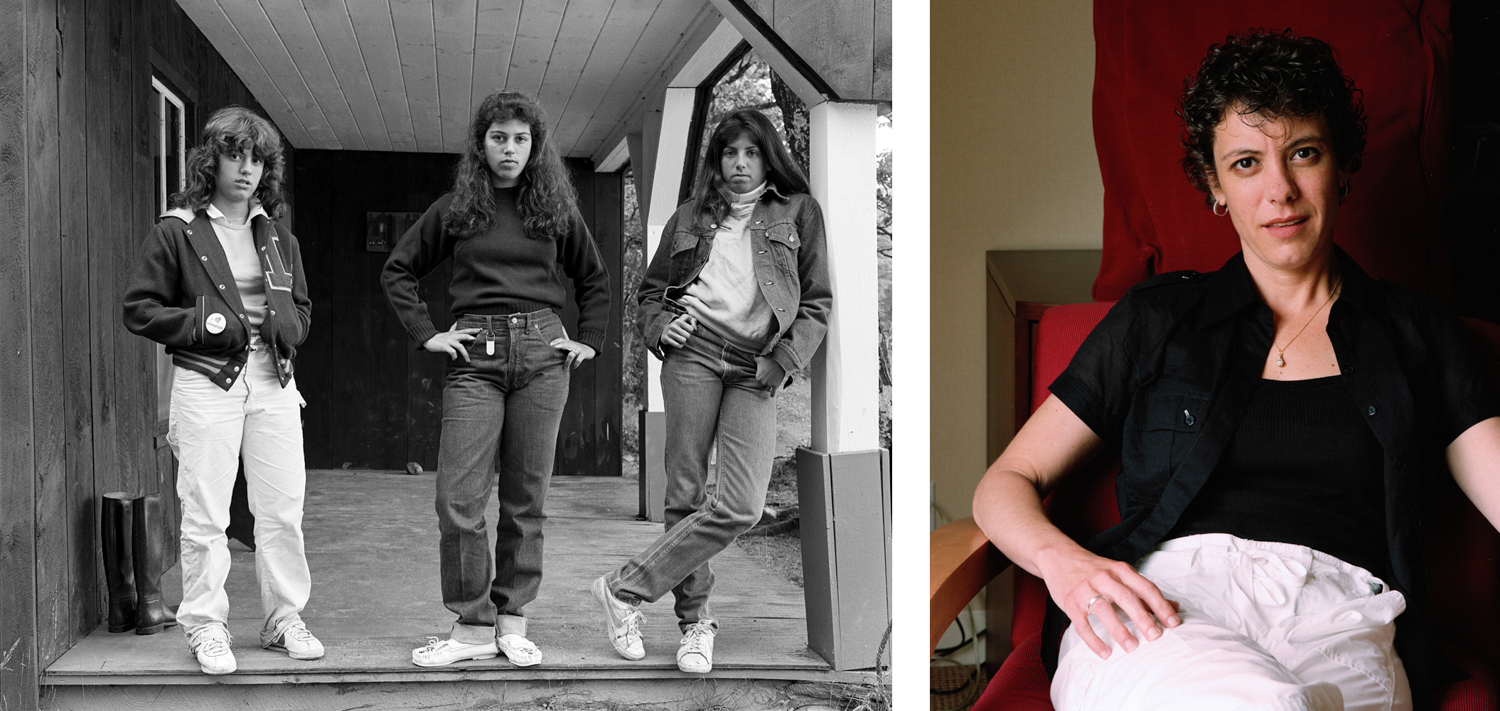
Mia Shriber (left), Camp Pinecliffe, Harrison, ME; Mia Shriber, MA
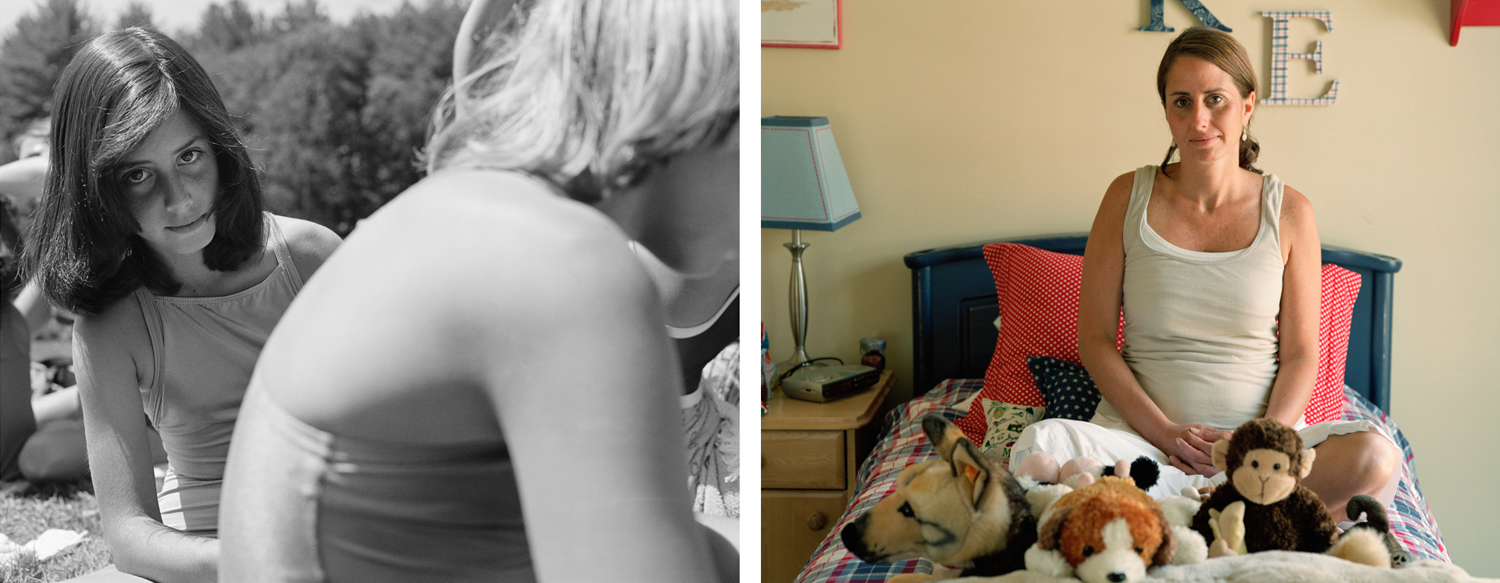
Jill Weiman, Camp Pinecliffe, Harrison, ME; Jill Weiman Kowitz, MD
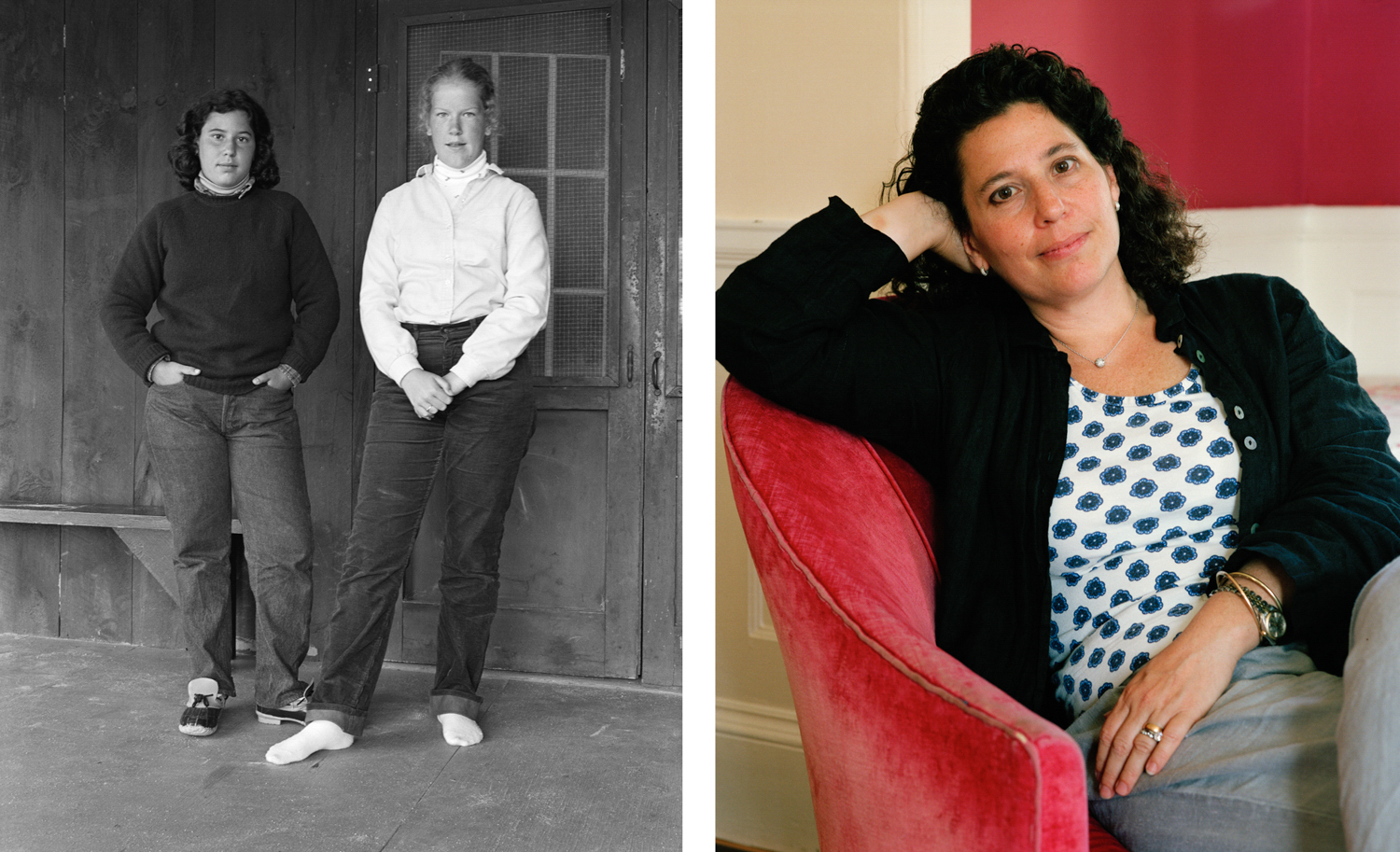
Elyse Rosenblum (left), Camp Pinecliffe, Harrison, ME; Elyse Rosenblum, MA
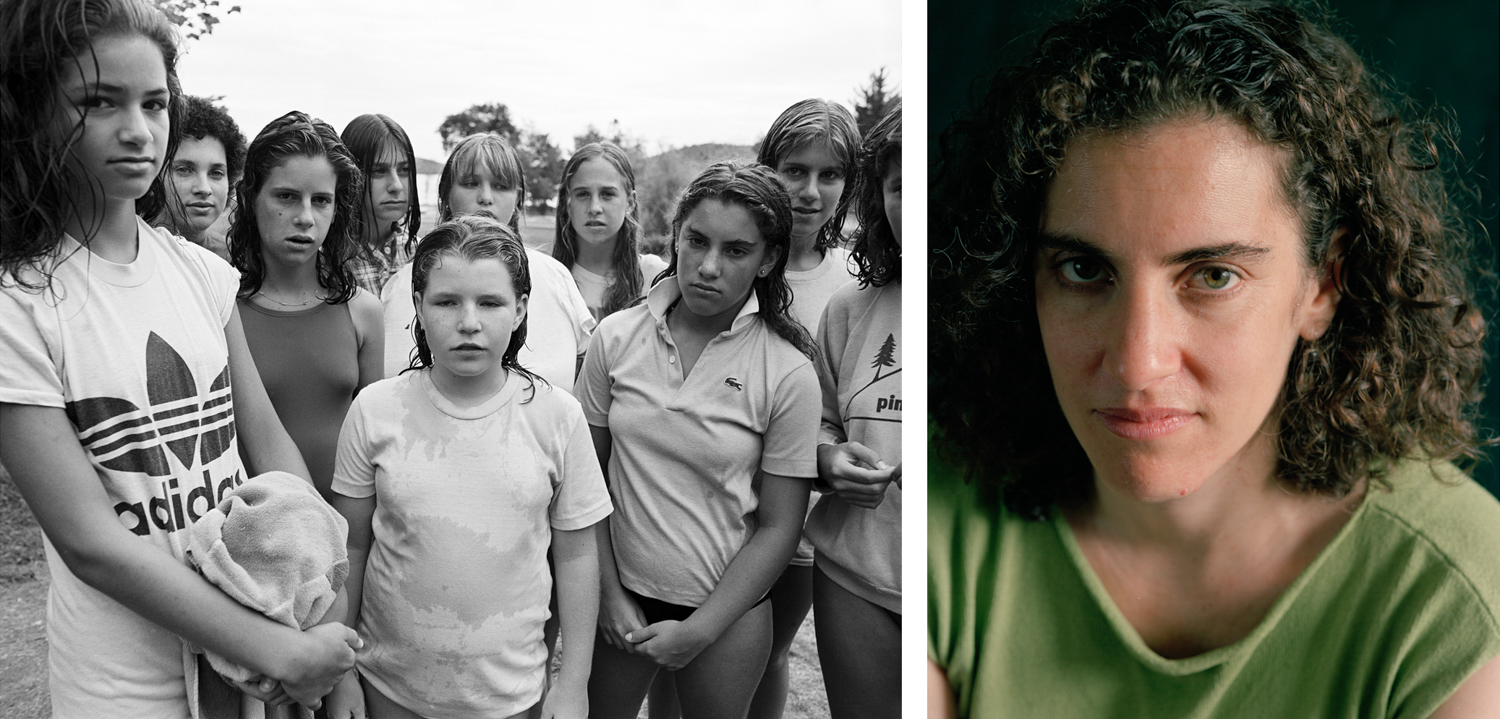
Jessica Leiberman (Second from right), Camp Pinecliffe, Harrison, ME; Jessica Leiberman, DC
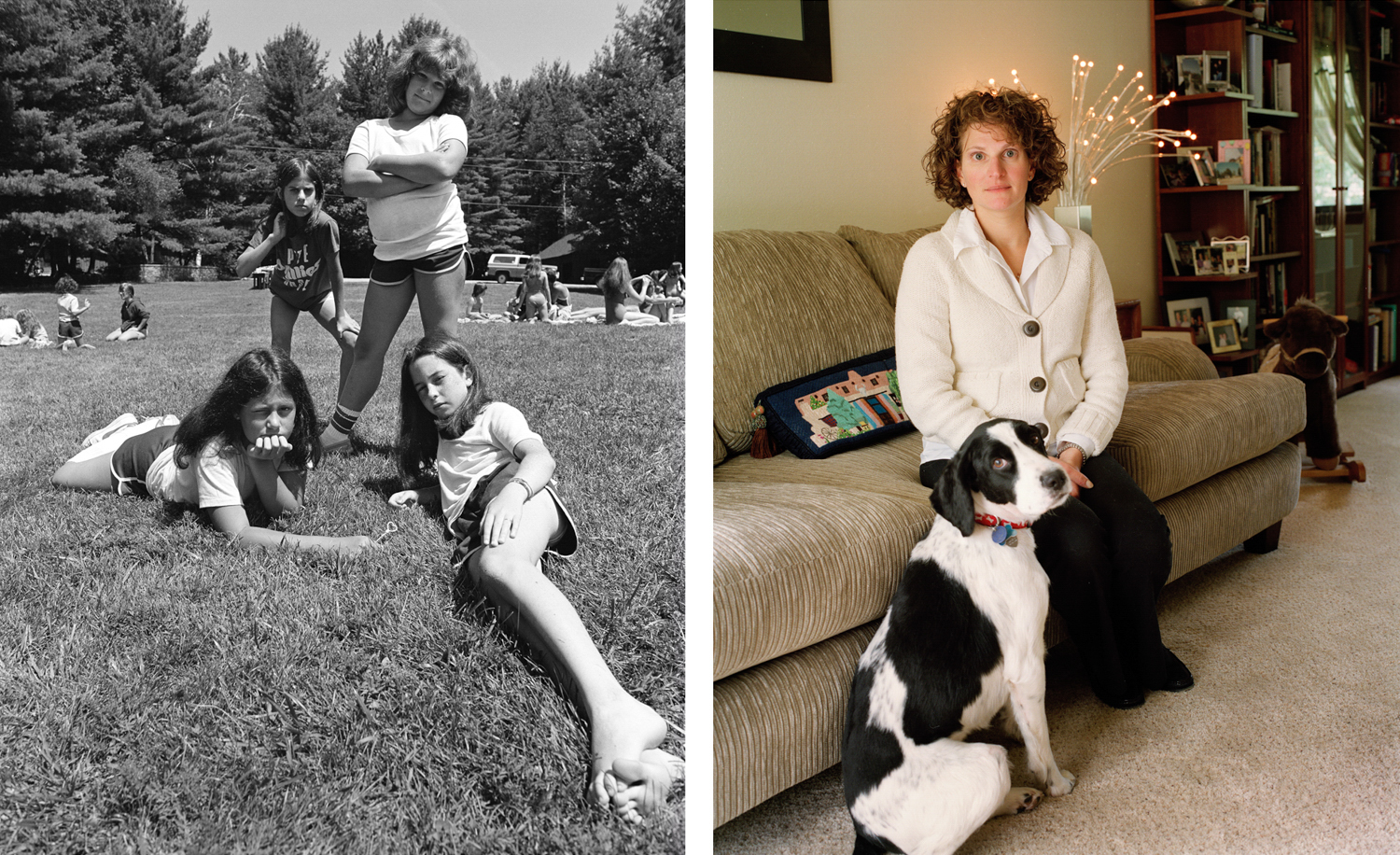
Cricket Rabin (center), Camp Pinecliffe, Harrison, ME; Cricket Rabin, CO
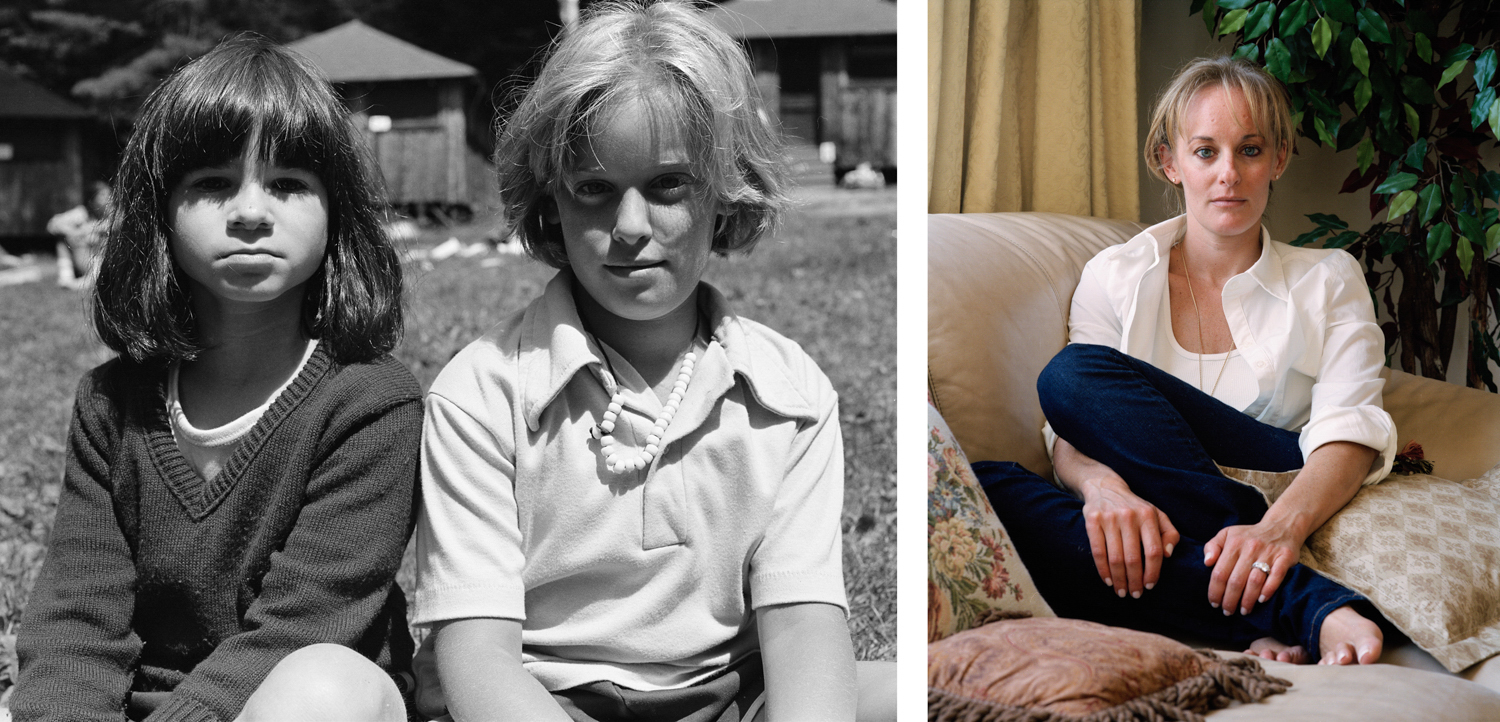
Rachel Silver (Right), Camp Pinecliffe, Harrison, ME; Rachel Silver Cohen, FL
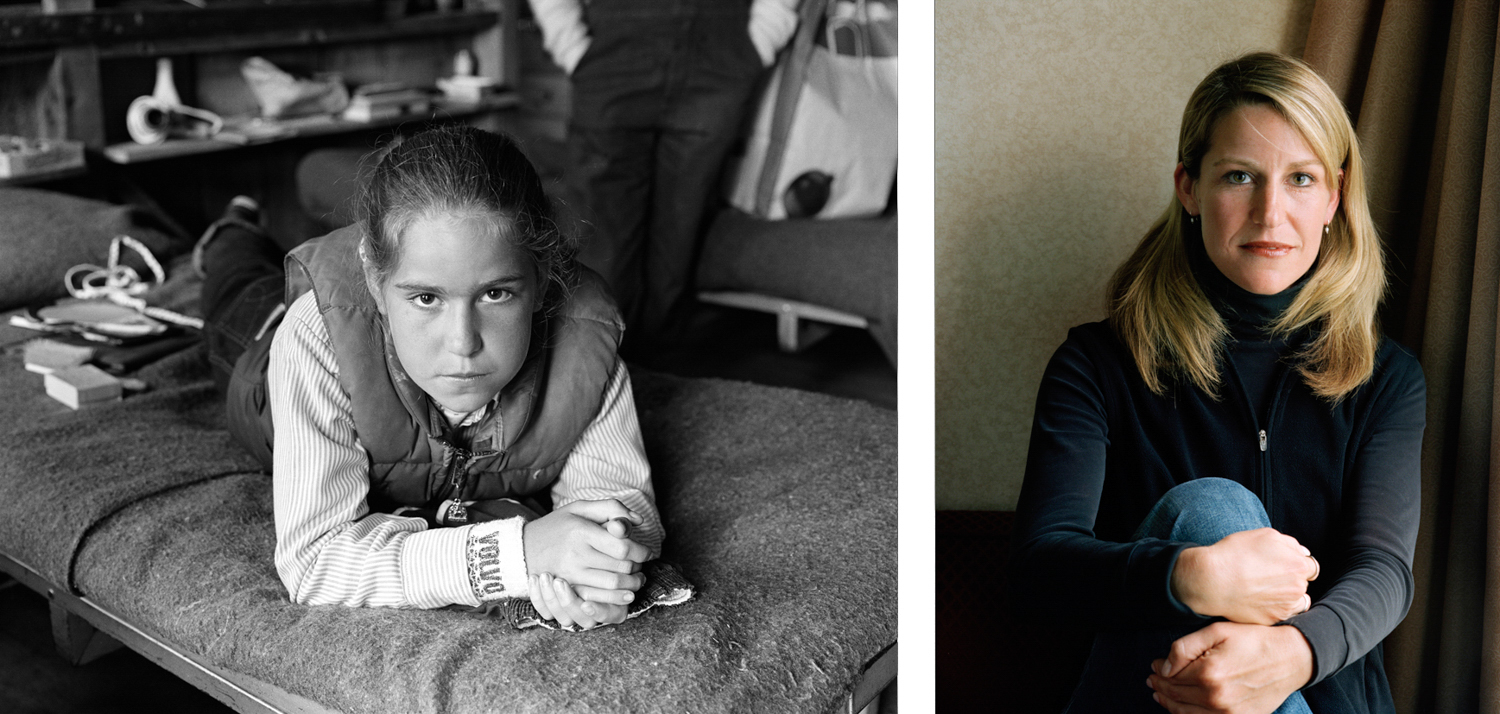
Nancy Schwartz
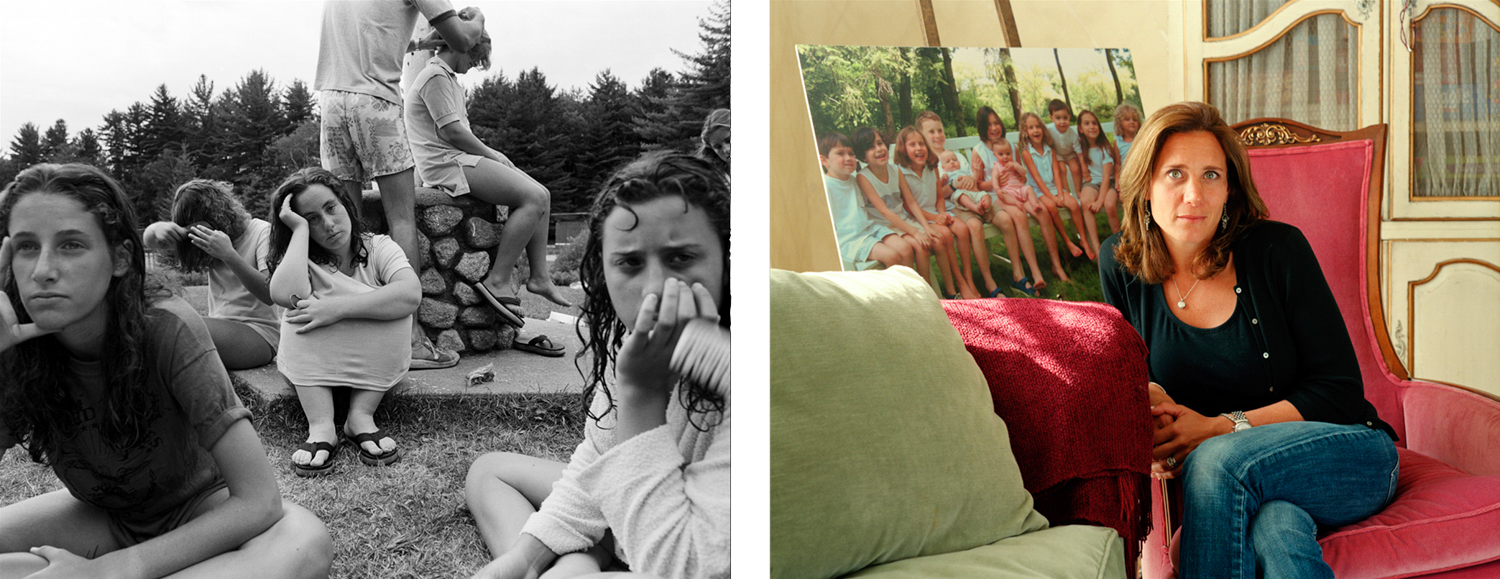
Bonnie Ades Pennel

Jill Sommer Band
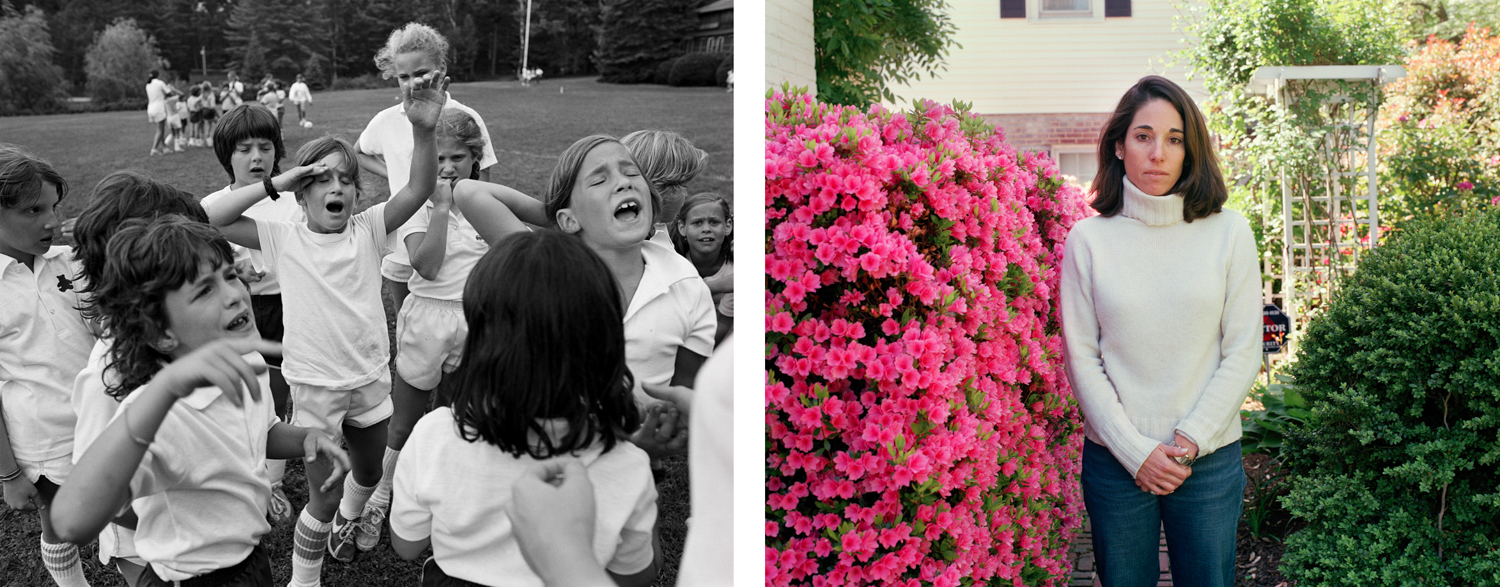
Ashley Gerstenfeld
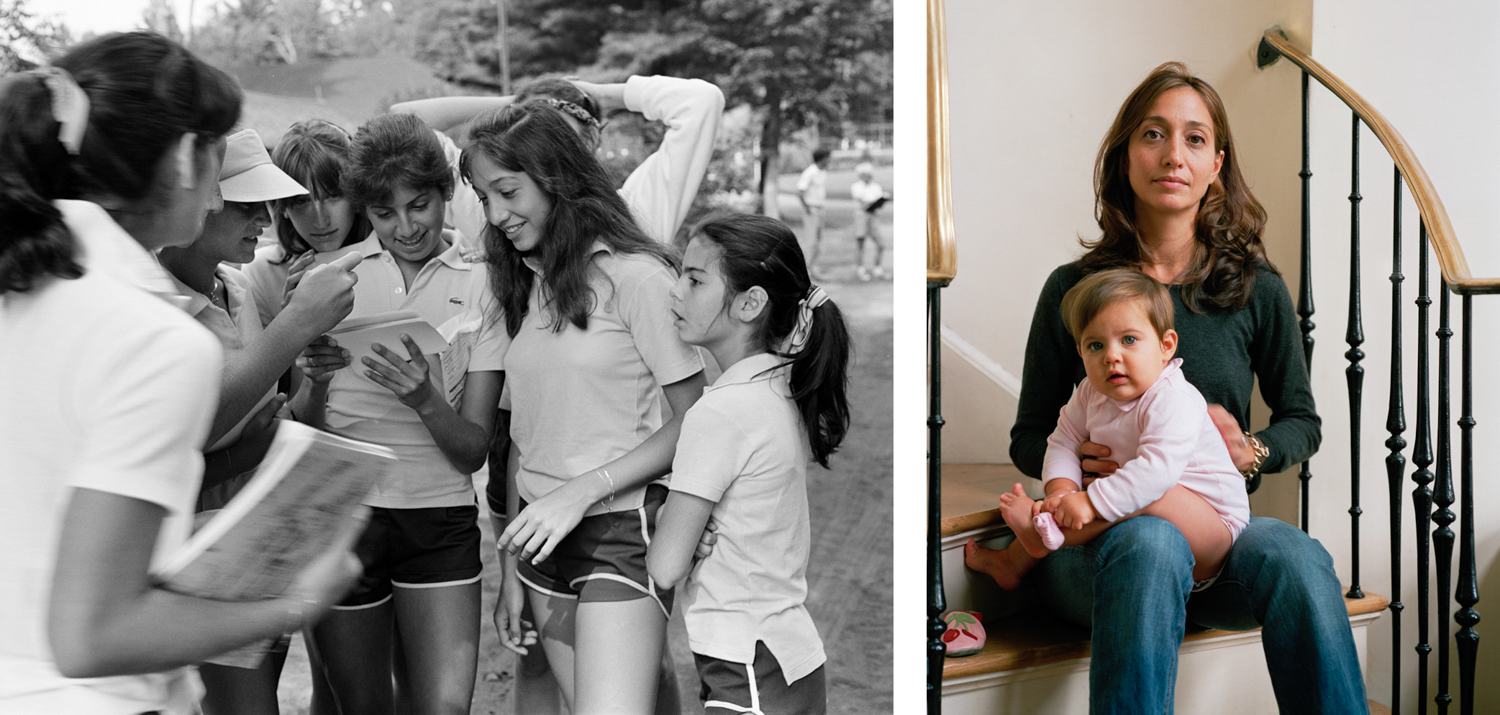
Alison Diamond Levasseur
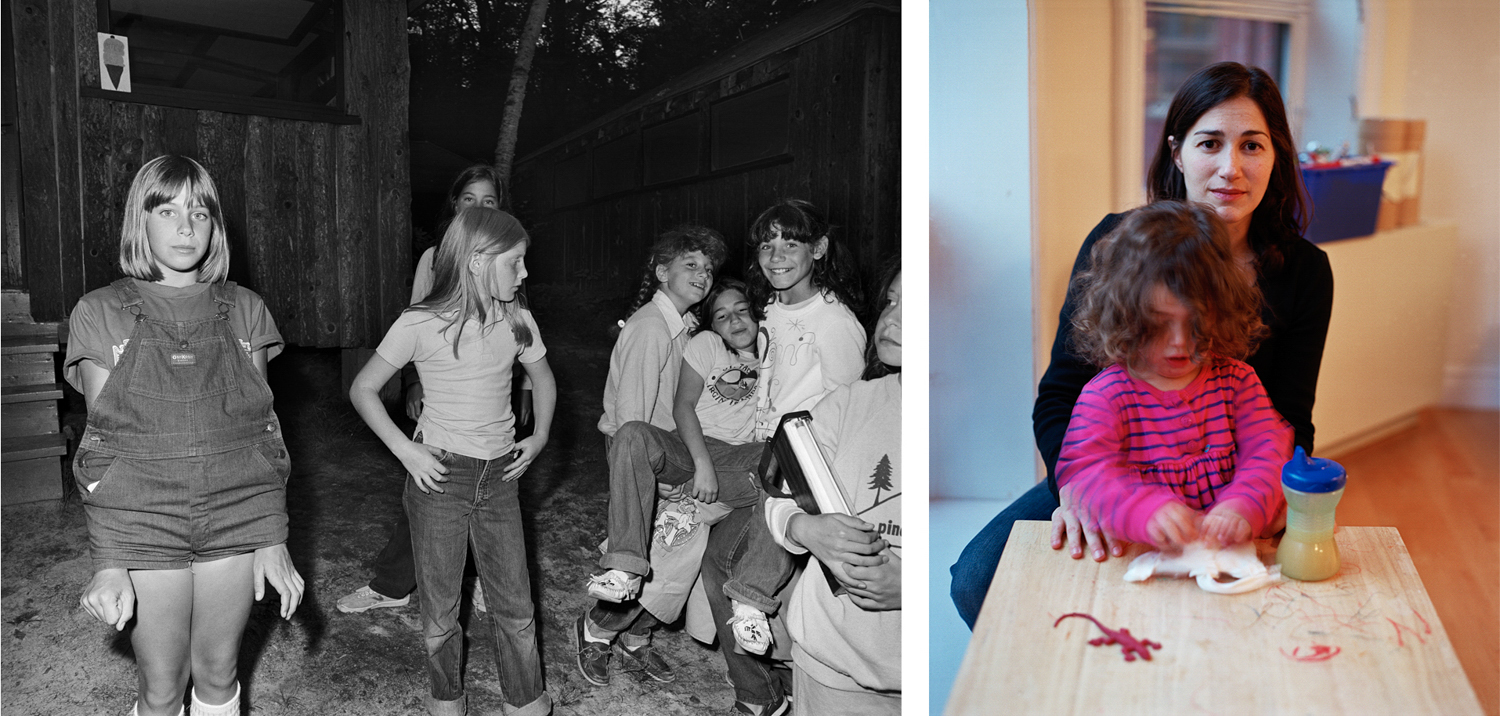
Catherine Sloan
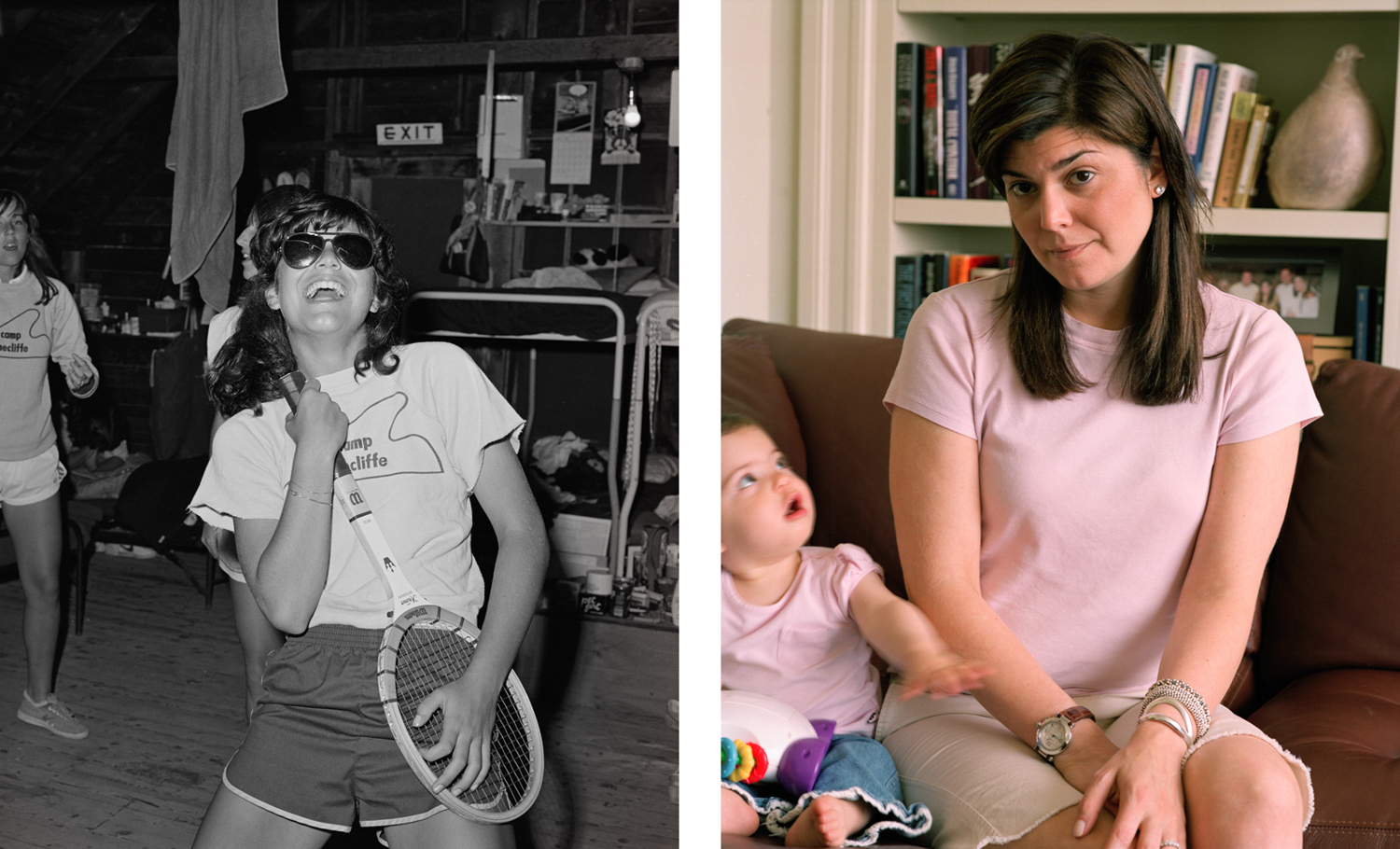
Lizzy Miller Cole

Alison Locker